A Certified Naturally Grown Farm - Saint Marys, Pennsylvania
For the Love of Farming – Before One Season Ends, the Next One Has Already Begun
Posted on November 12, 2024 by Joshua
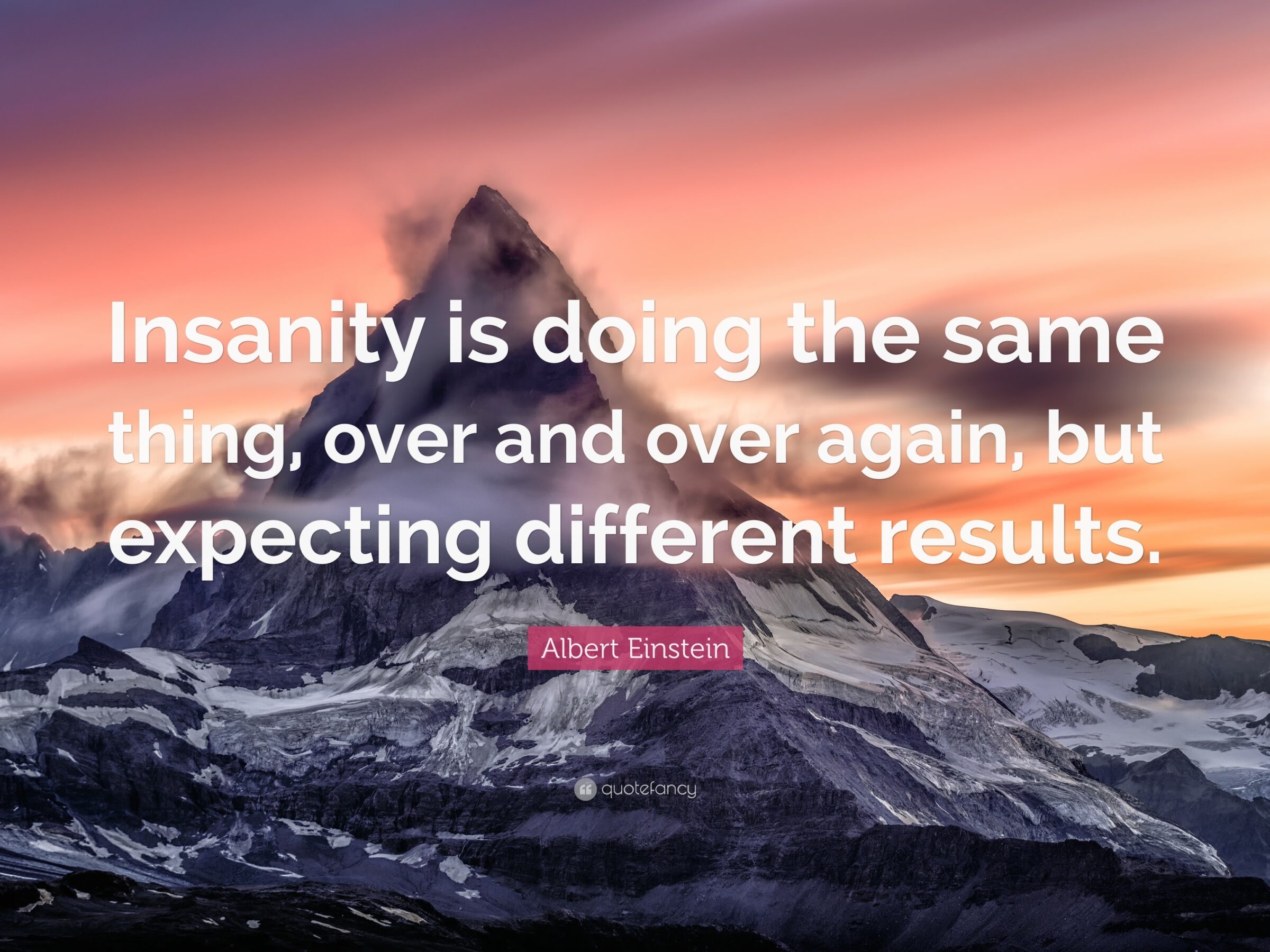
Farming could be considered a variation of insanity if you truly do exactly the same thing year after year, however IMHO, a good Farmer…while toiling away in the fields year after year is the same…the tools, techniques, and tact must adapt for it to thrive.
Let me clarify this blog’s featured image in regards to farming. Yes, essentially at its core, farming repeats processes year after year. Till and plant seed (or in our case, tend to the perennials), cultivate, feed and water throughout the season, harvest and process, then prep for Winter. Next year, do it all over again.
And for most small, independent, family-owned farms like ours, that means we rely on very manual, hands-on processes. It is time intensive, it is labor intensive, and most days, it is exhausting. That can be the insanity part. However, even though those core, foundational steps do take place one season after the other, what moves it from insanity to creativity and innovation in my humble opinion – heck, I’ll say it – to hope and lucidity – is a concept I’m stealing from my professional workspace in agile software development – “inspect and adapt”.
The Inspect and Adapt (I&A) is an Agile Release Train (ART) event. It engages all ART stakeholders alongside the Agile Teams in reflecting on progress and identifying improvements. It is structured into three parts, the PI System Demo, a quantitative and qualitative measurement review, and a retrospective and problem-solving workshop. The goal of the Inspect and Adapt is to make the ART better by identifying and solving big issues. This is done by focusing on what has actually happened over the last PI rather than what was supposed to happen.
Apologies for appearing to switch gears from Ag to Tech, but as with everything in this Famer’s life, worlds collide and elements of one are brought to another and things make more sense, to me at least, when doing so. Inspect and Adapt, the basic tenets of it, are not unique to agile software development. In a nutshell’s nutshell, think of it as “shake things up”, “chart a new course”, or even “shifting gears”. In terms of software or product development, it’s an event where everyone involved in the development process – one team or a team of teams – reflects on the work that’s been done, assesses the good and the bad, and then identifies what’s left to be done and what improvements should be made.
This is an ongoing process at our Farm, and I would suspect at most others, both our size, those smaller, and certainly those much, much larger. It truly would be “insanity” if we just accepted things as they are, and didn’t attempt to improve our processes and make things more efficient.
Now I’m not talking on the scale of a GPS-enabled tractor in an enclosed, comfort-controlled cab using satellites to plant seeds or remotely controlling equipment to complete tasks from my iPhone. If that’s Farming to you, you should stop reading now, because that’s not what this guy considers Farming. You’re a desk jockey or a gamer with an interest in Ag.
I’m talking about making small improvements while still staying core to what I consider Farming; outside in the elements, hands in the dirt, sunburn on the neck, before-dawn-to-after-dark, physical work, but with the analytical mind of a product manager or system architect, always seeing what can be improved and done so within current resources. And while you’re focusing on the task at hand, you’re always making mental (and physical) notes for this same time next year. At the end of the day, and certainly before the end of the current season, you’re already putting plans in place for next year’s shot at it.
So possibly, “sorta insanity” 😉
And as I fell behind, again, this year documenting our work here in the blog, I’ve put together a summary write up and accompanying photos, grouped in sections. Follow along, but, “Please use the handrail, it’s for your own safety.”
Throughout The Season
For the most part, 2024 was a pretty standard year.
Coming off the success of having our hops exclusively used in our local brewery’s Keller Ale in last year’s brew, the hope was we’d make it happen again. And spoiler alert, we did 😉
One issue we did experience – one not unique to us but to every other local hop grower we know here in Pennsylvania and as far away as Michigan – was a stunting of the growth, and as a result, a decrease in yield. You can see in the photo below, “Harvest isn’t far behind”, taken after the Summer Solstice when the bines need to be to the top of the wire, that just a handful made it. While we’re all still somewhat scratching our heads as to what exactly happened, it appears some unusual, early season temperature fluctuations temporarily halted the growth.
All in all, we faired better than most realizing about 75% of the yield we saw in 2023. On another note, we celebrated our parents 65th wedding anniversary with a small celebration at the Farm sporting our previous family reunion shirts, “It’s A Brock Thing…You Wouldn’t Understand.” 😉
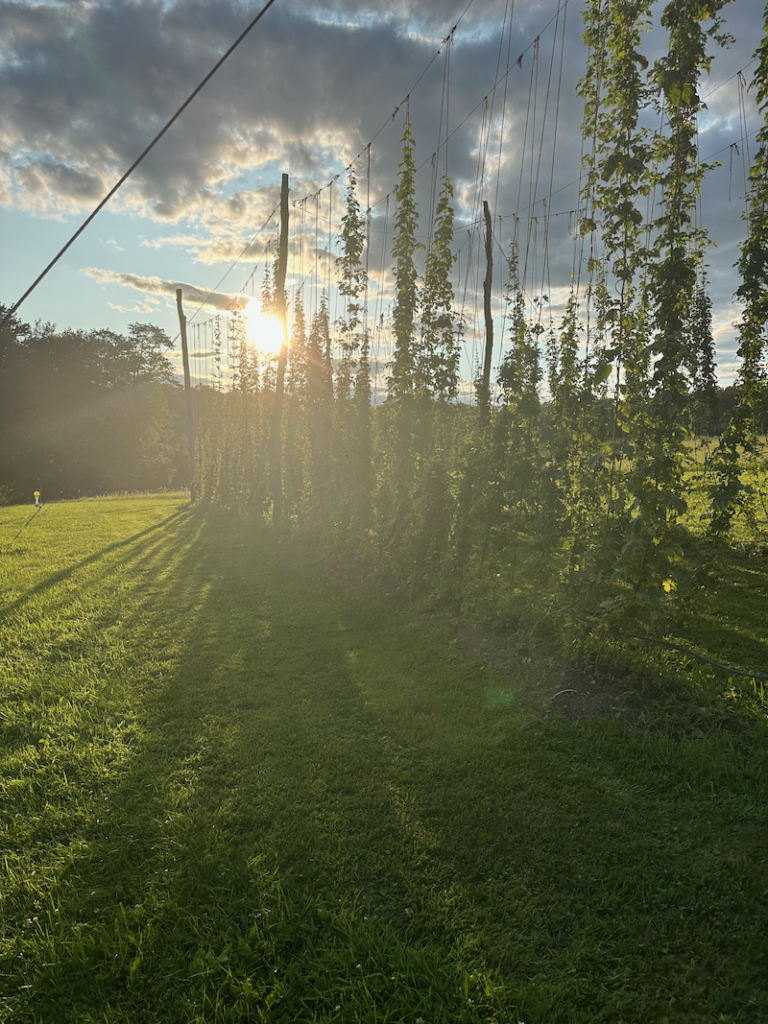
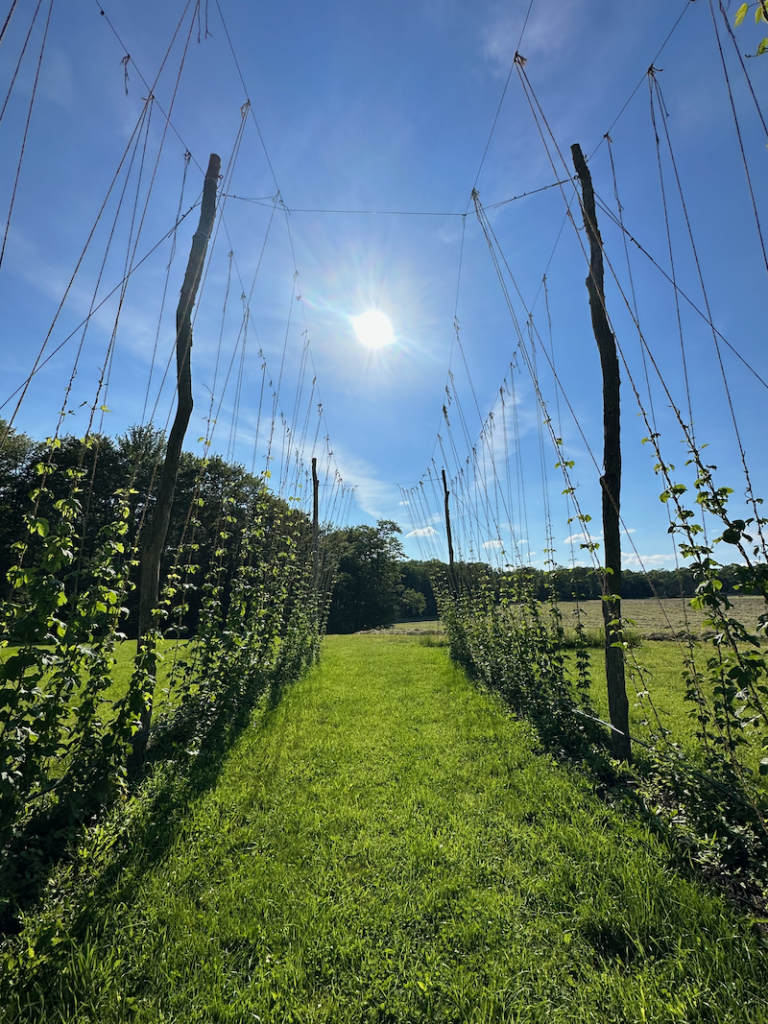
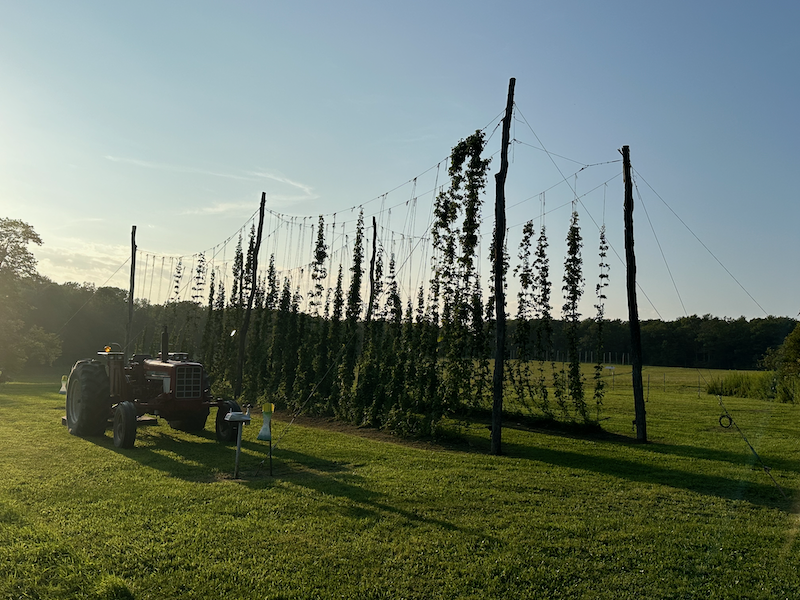
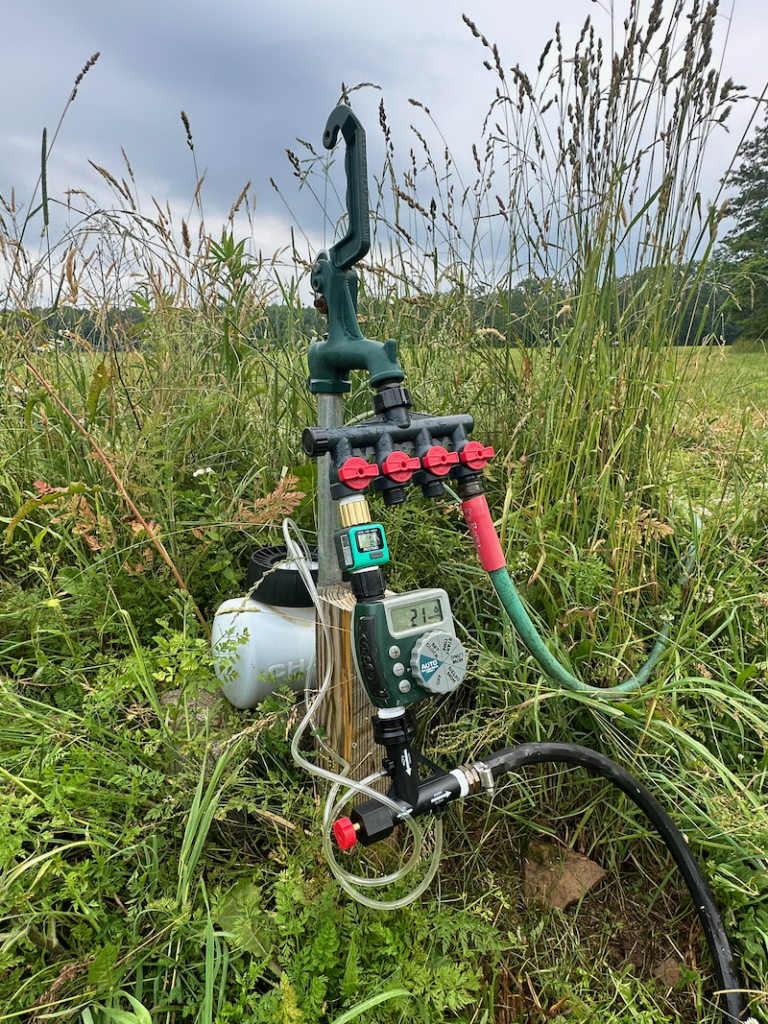
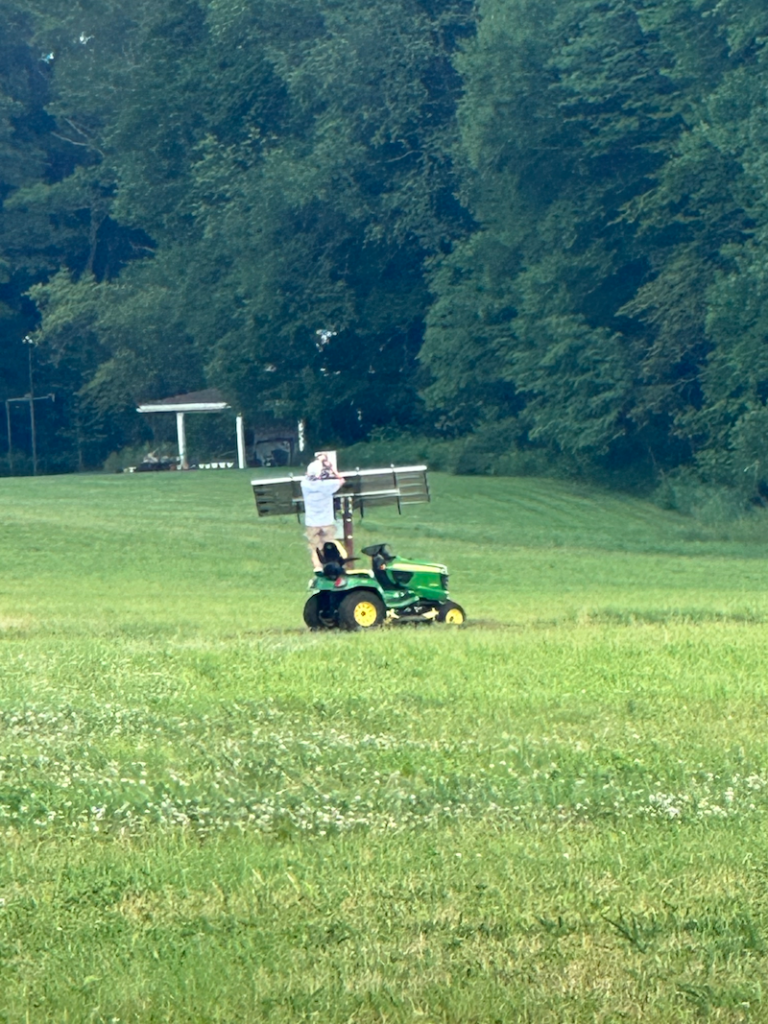
use what you have 😉
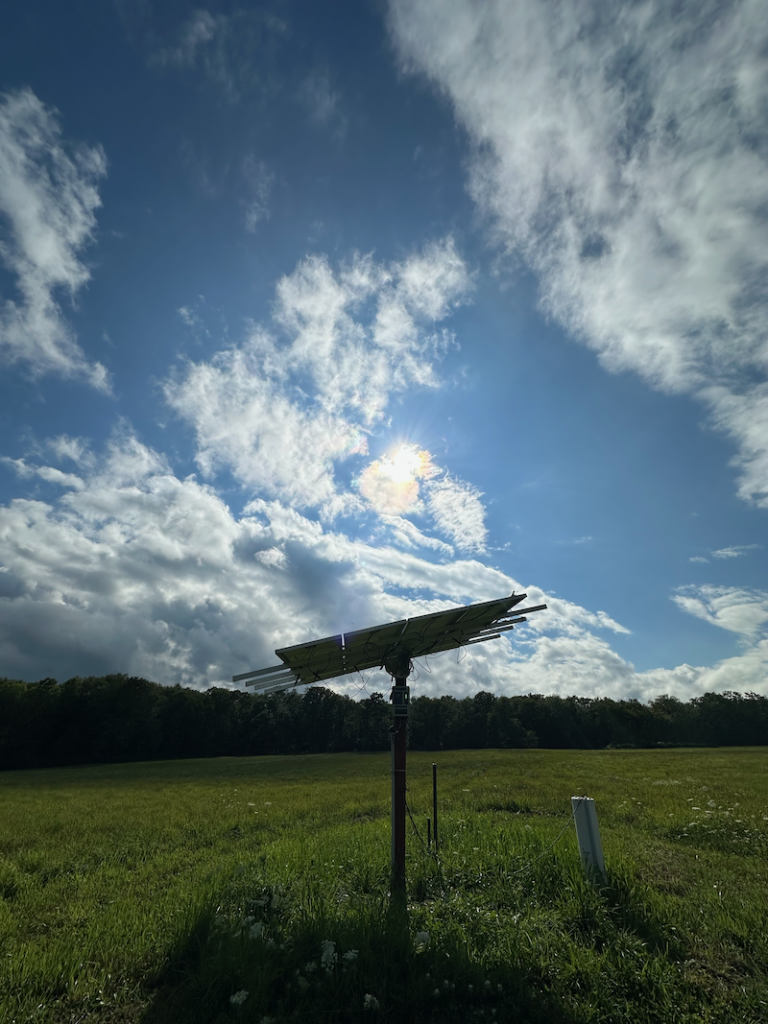
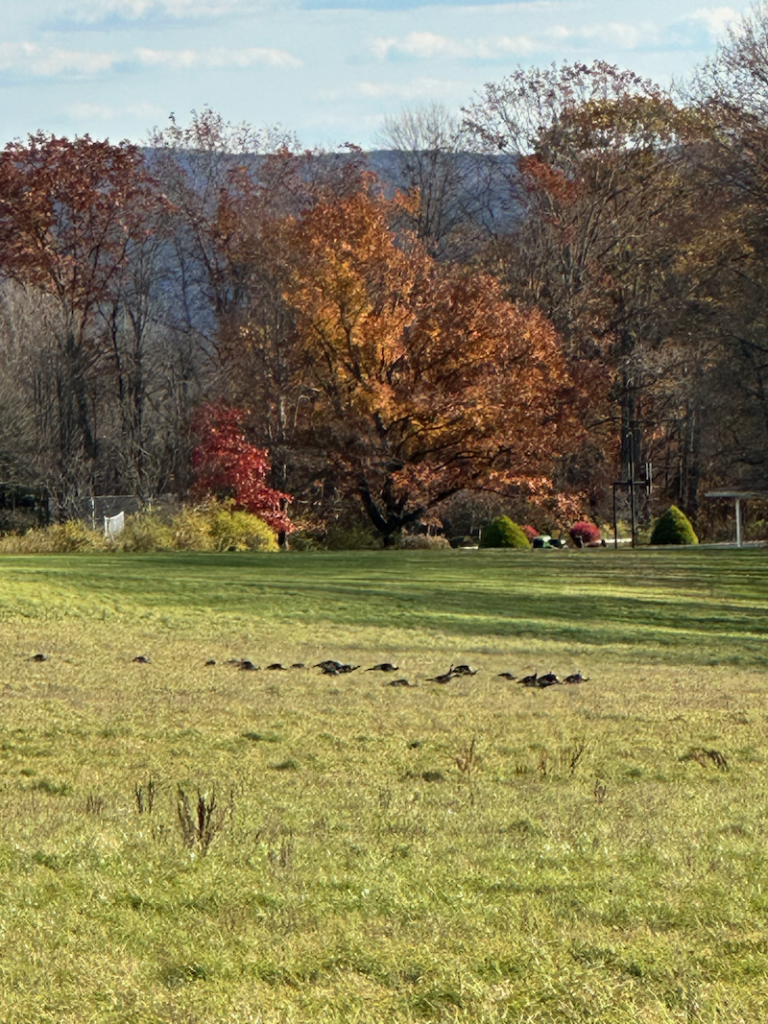
passing through
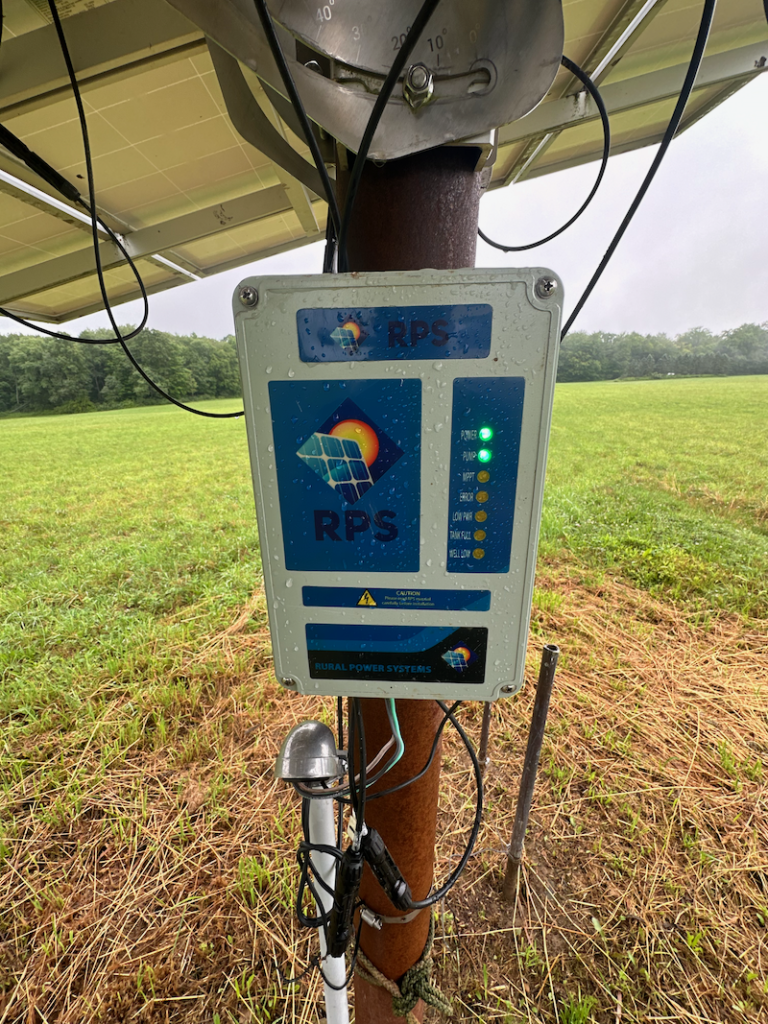
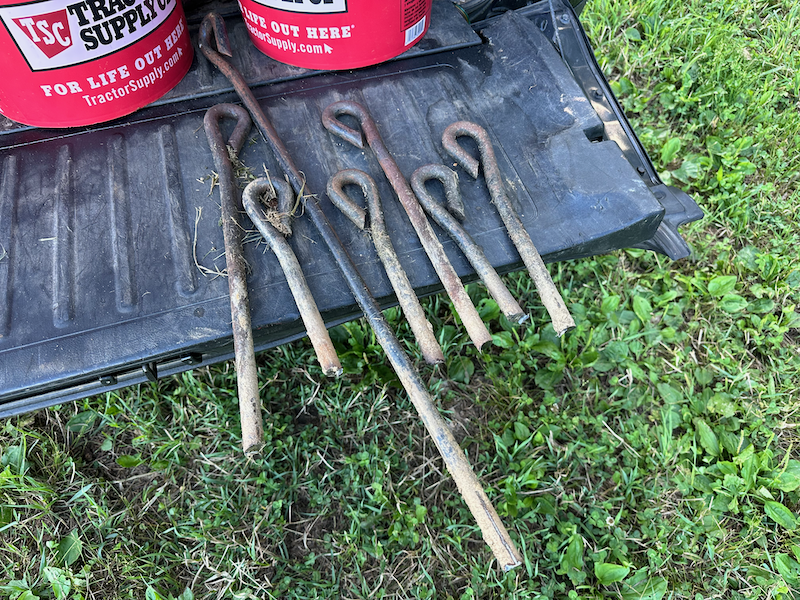

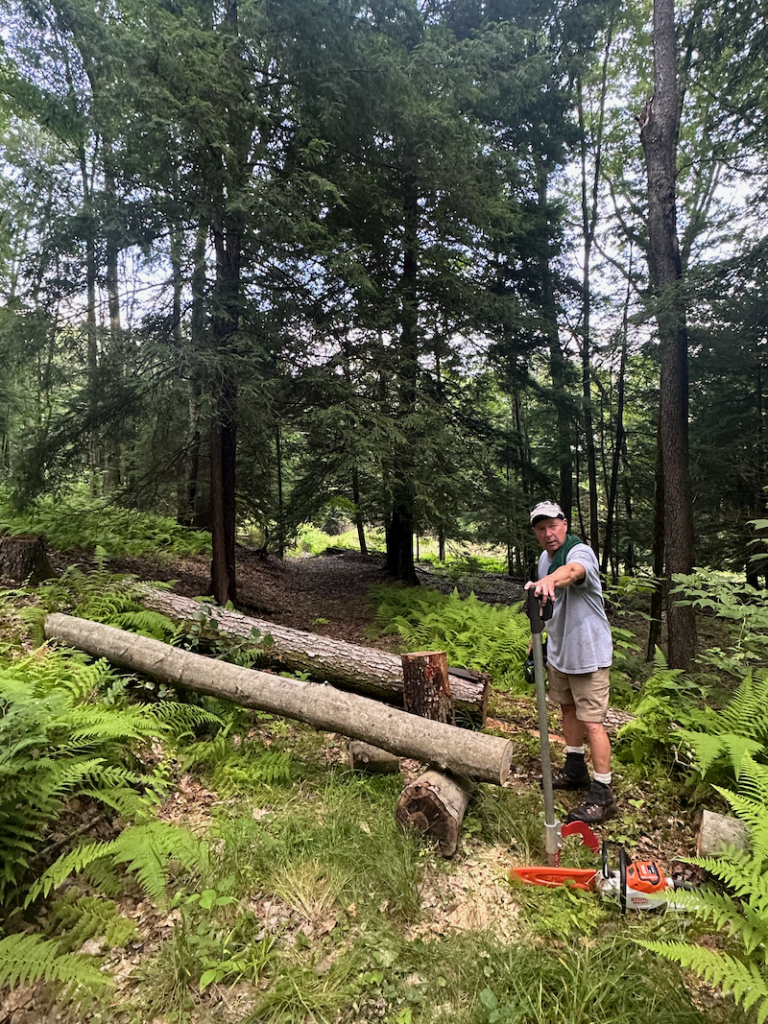
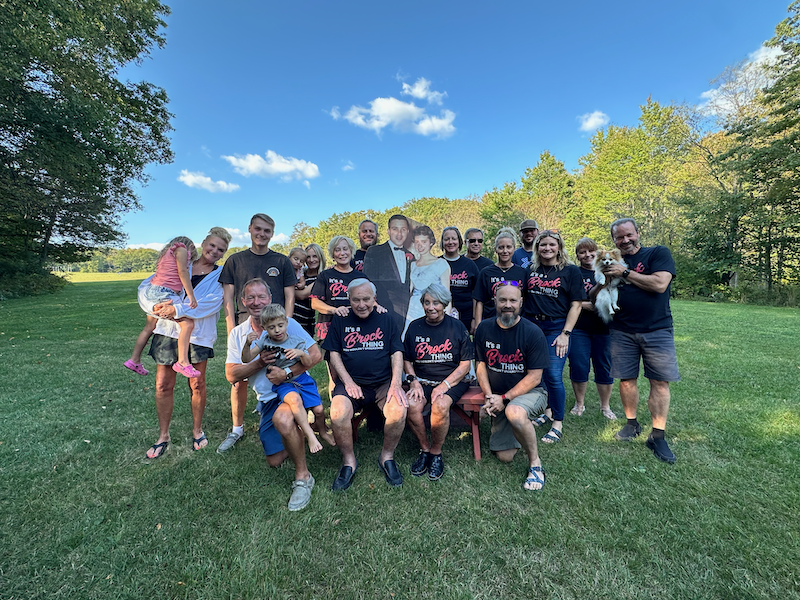


decorative sunflowers
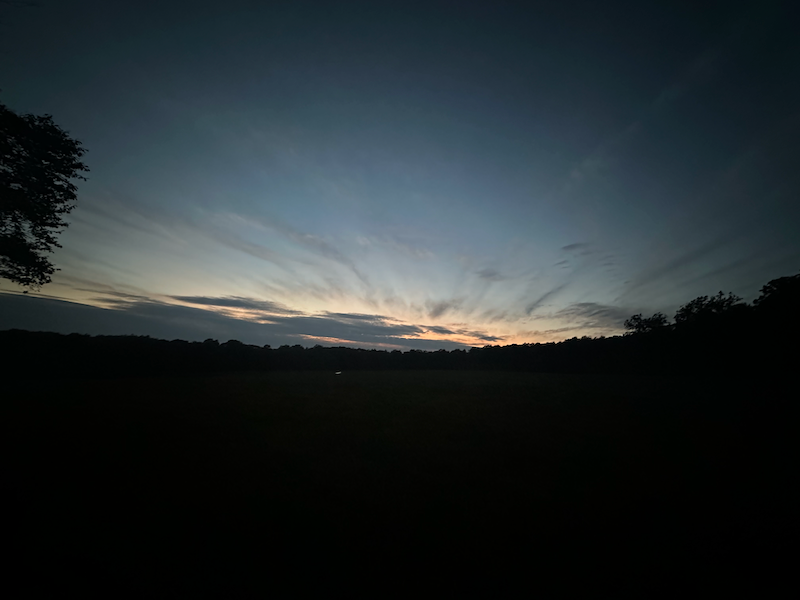
Tidying Up the Irrigation Tank
One thing we noticed at the start of the season, was one of the driplines in the small hopyard was really intermittent in watering. Opening up the line, we realized that there was a fair deal of iron clogging the emitters. Now we have a filter way up at the tank to capture as much of the iron as possible, and we flush that filter weekly, however, it appears over the last two years, enough of it has settled in the bottom of the tank, that it was getting into the main line and then into the driplines.
Our 5,000-gallon irrigation tank is quite tall as you can see in the picture, and it’s not as simple as sucking it out with a shop vac or cellar pump, which we’ve done before. That fine layer of iron silt is like mud and the only way to get it out, as it sits a couple of inches below the outflow port, is to get a heavy-duty vac and use of combination of water flushing and vacuuming to get it all. As such, we reached out to Buerk’s Septic Service who did a great job, in a pouring rain no less.
Going forward, we’ve replaced the filter and changed the schedule from once a week or twice a week or more for backflushing it.
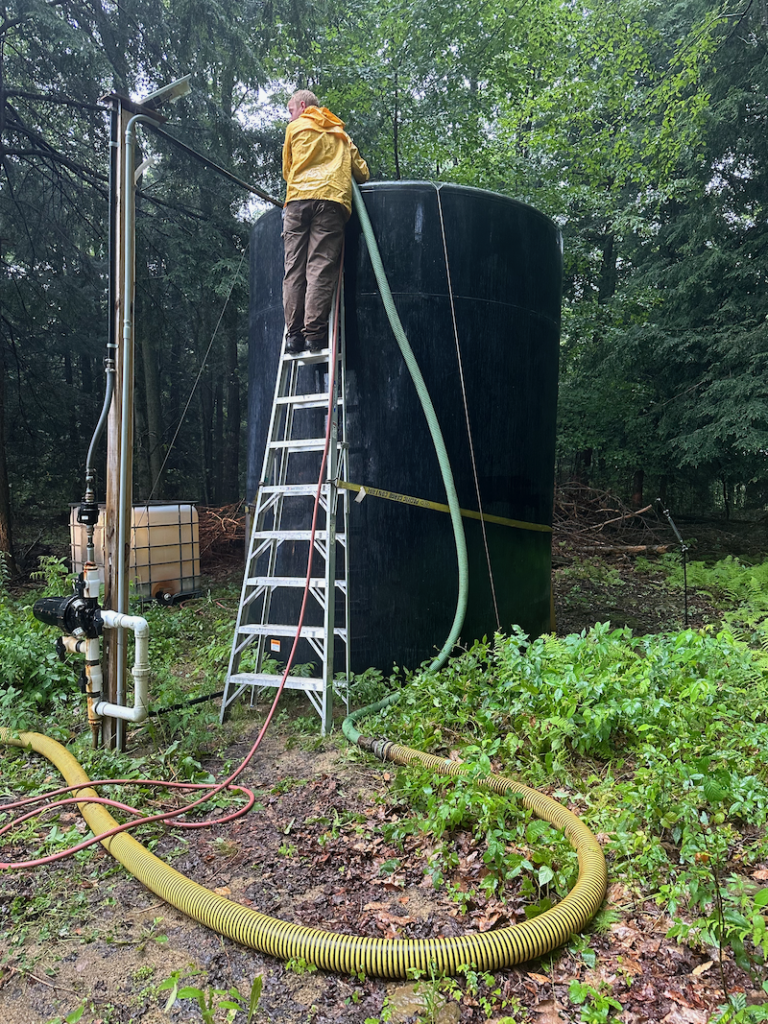
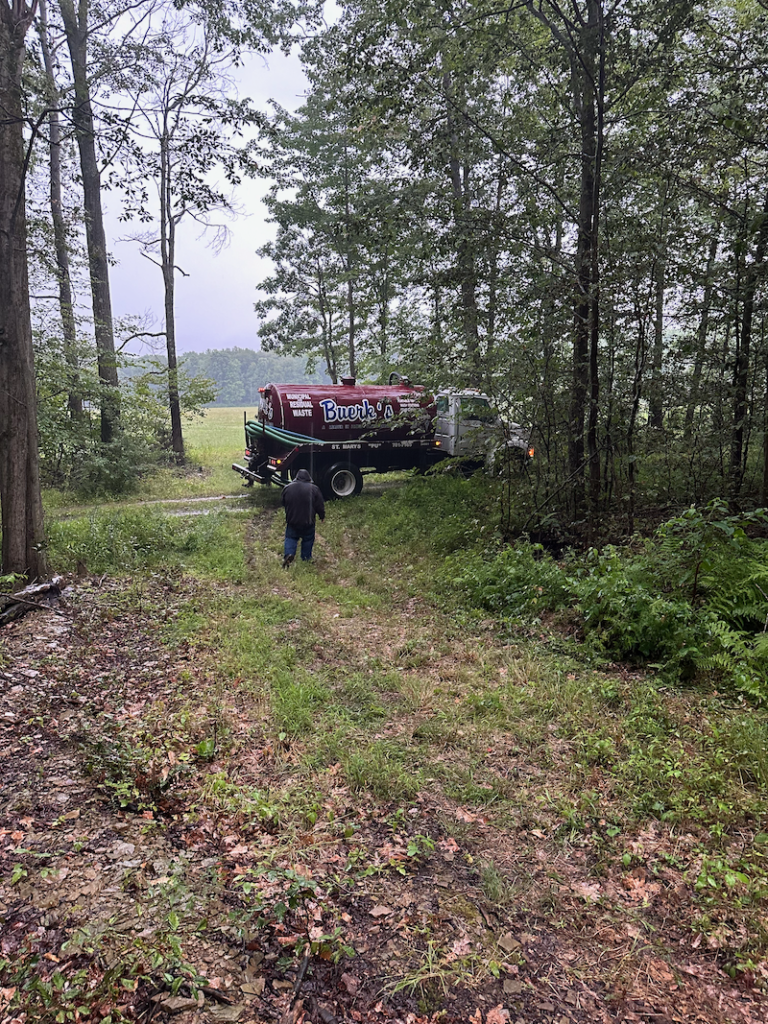
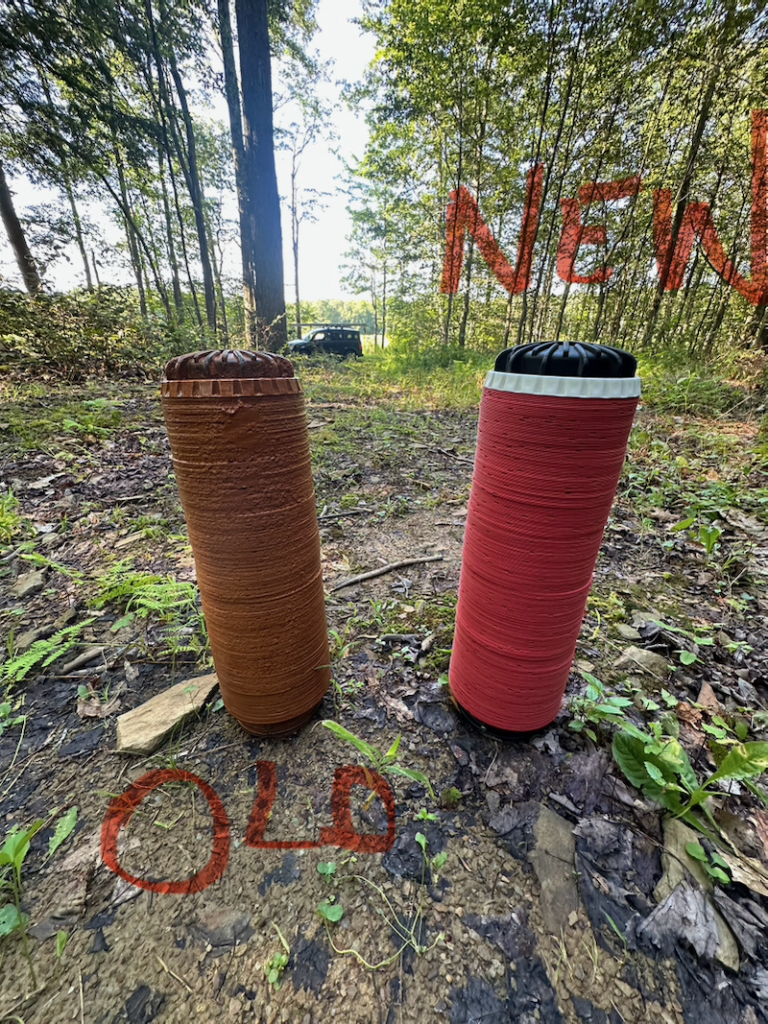
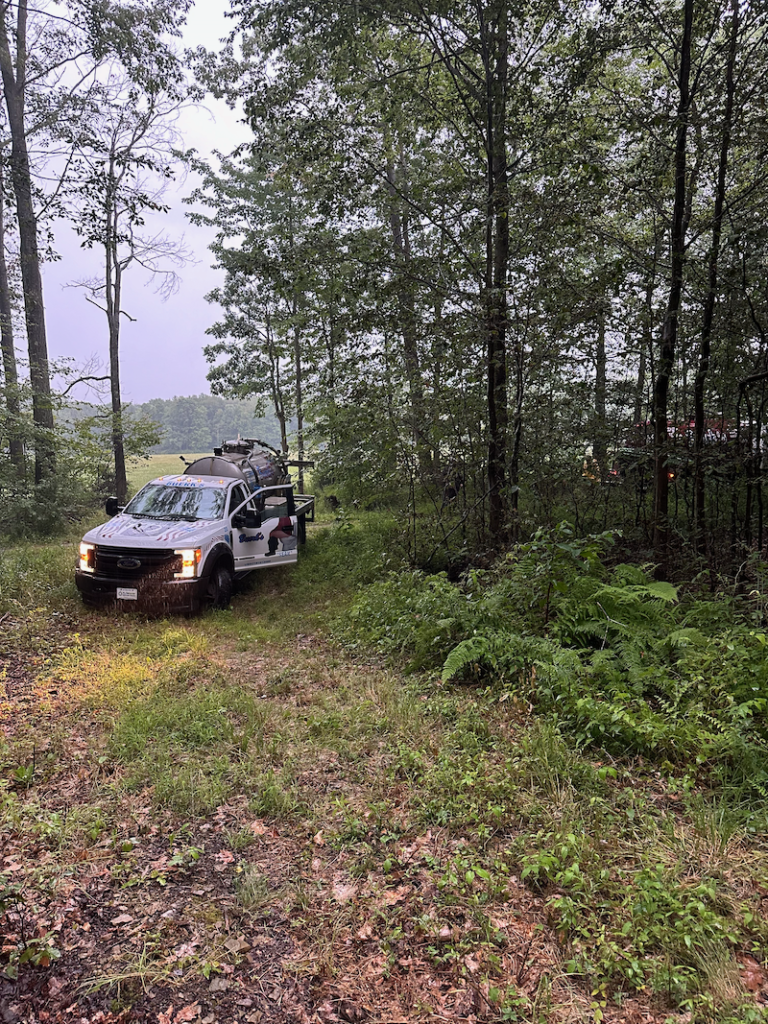
Large Yard 2.0
Another bigger change in 2024, was starting to replant the larger hopyard we tilled under a few years back. We were getting inconsistent growth in the varieties up there, and honestly in those earlier years, we just didn’t have the experiencial knowledge to work a second, much larger yard. We feel like we’re in a better place now.
So as to not totally jump the gun, we replace only 1/3 of each of the five rows and we didn’t string them, we just wanted them to establish and grow without worrying about any harvest in 2024. Based on how they do in 2025, we’ll determine if we’ll finish each of the respective rows with those varieties or keep them at 1/3 planted for the time being.
Thanks to the good folks at The Diamond Perk who were kind enough to collect their spent coffee grounds all season, we added those to our composted horse manure and it made for a great blend for the new hop crowns.
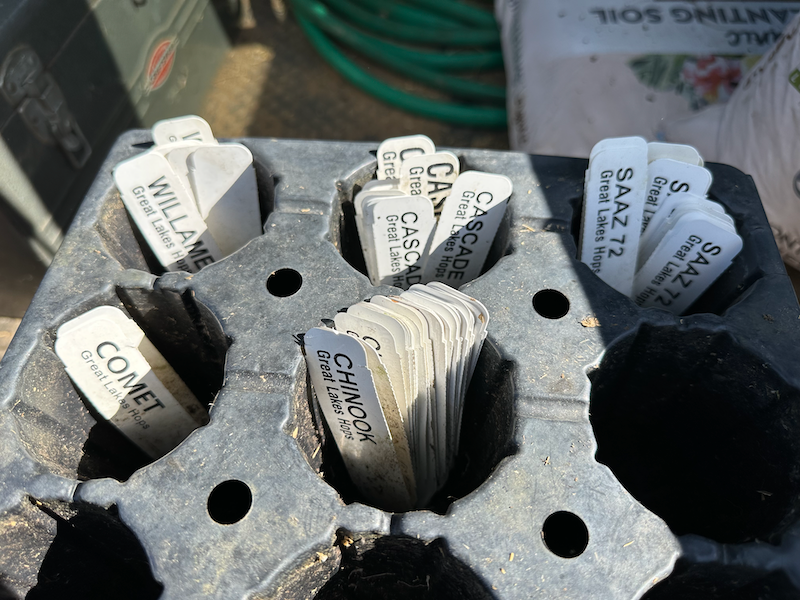
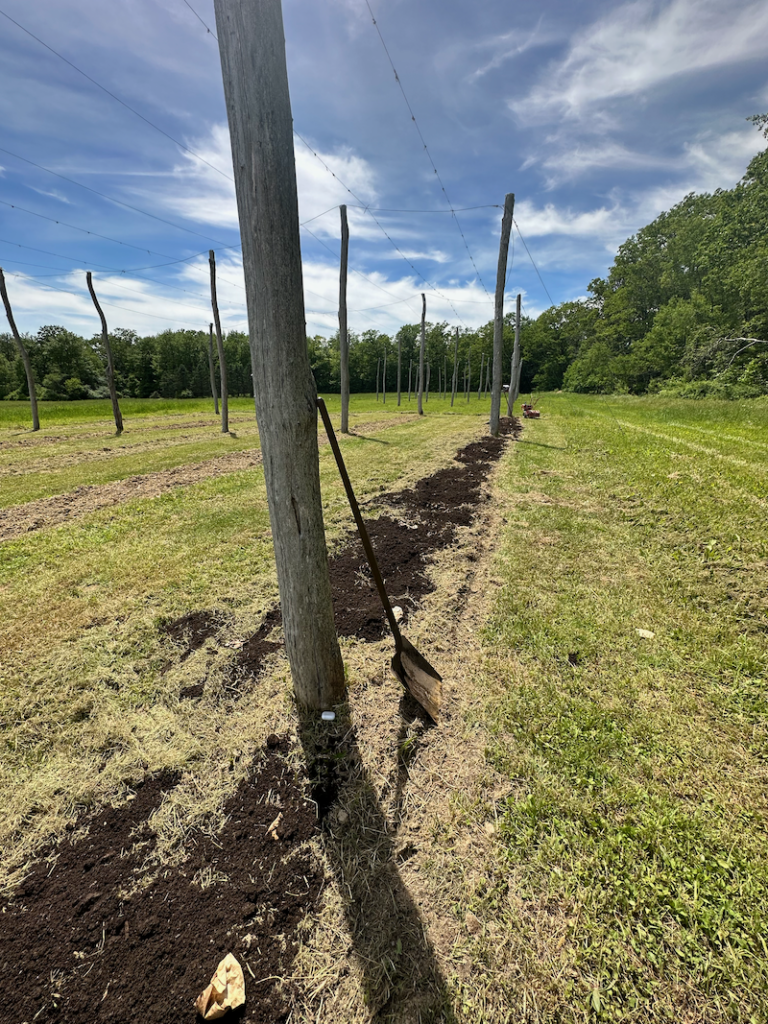
and horse manure
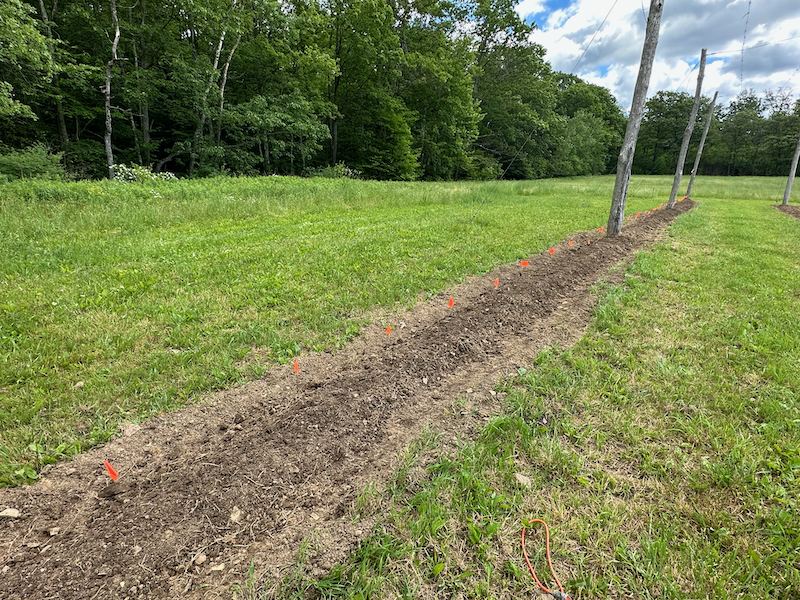
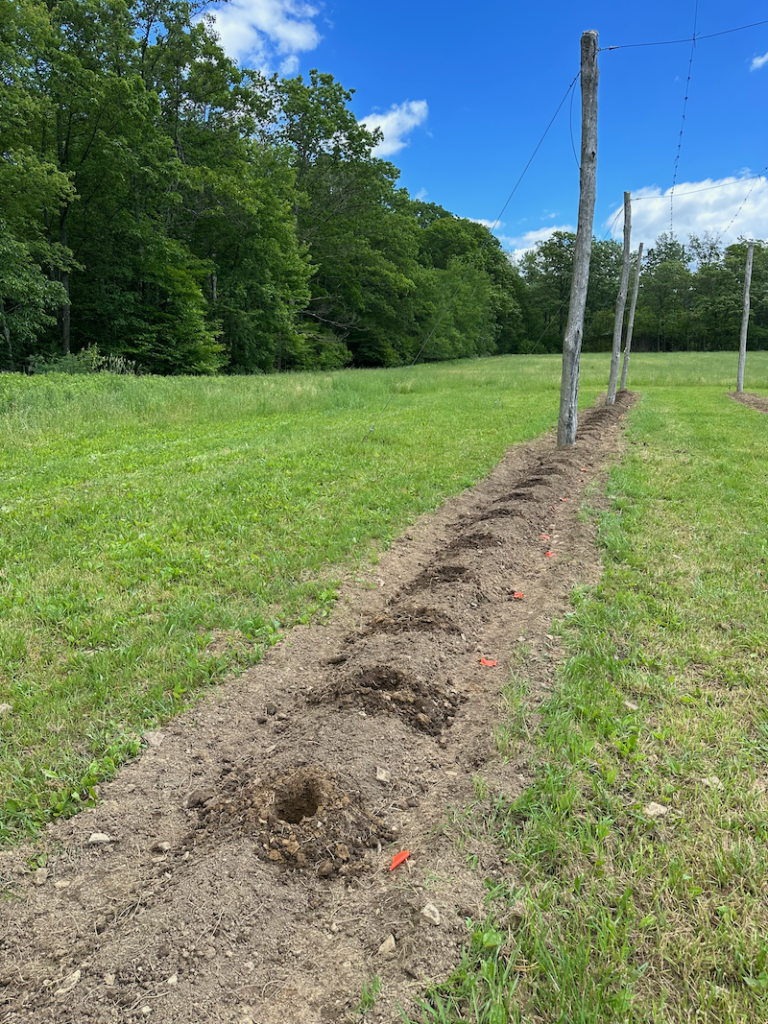
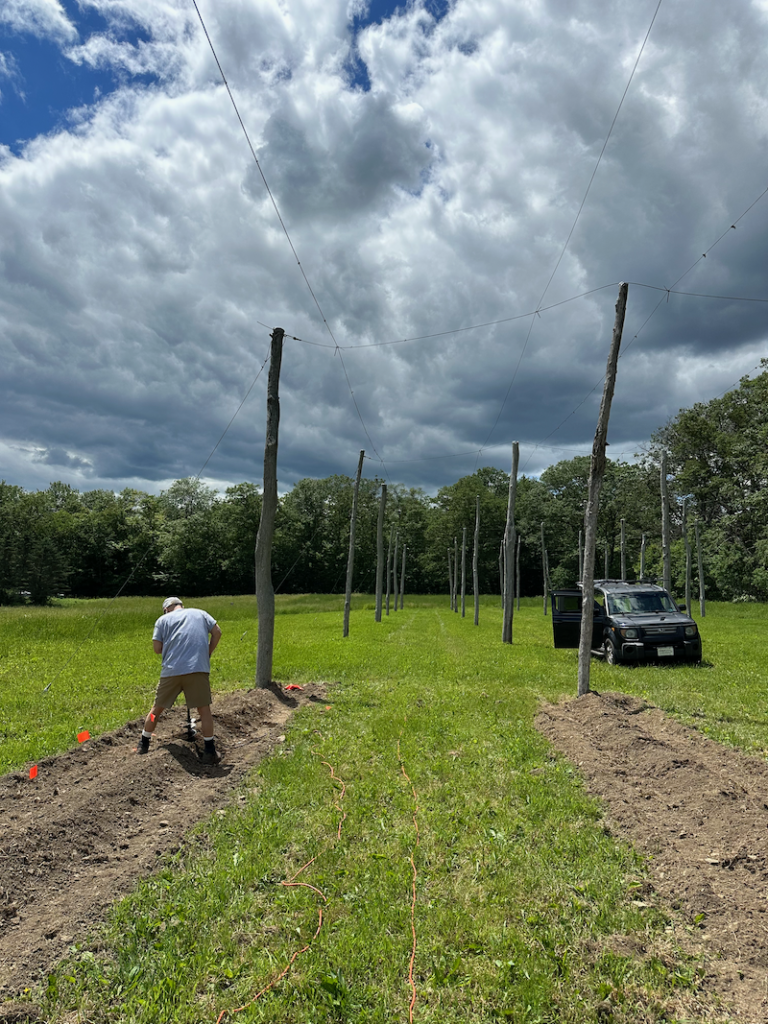
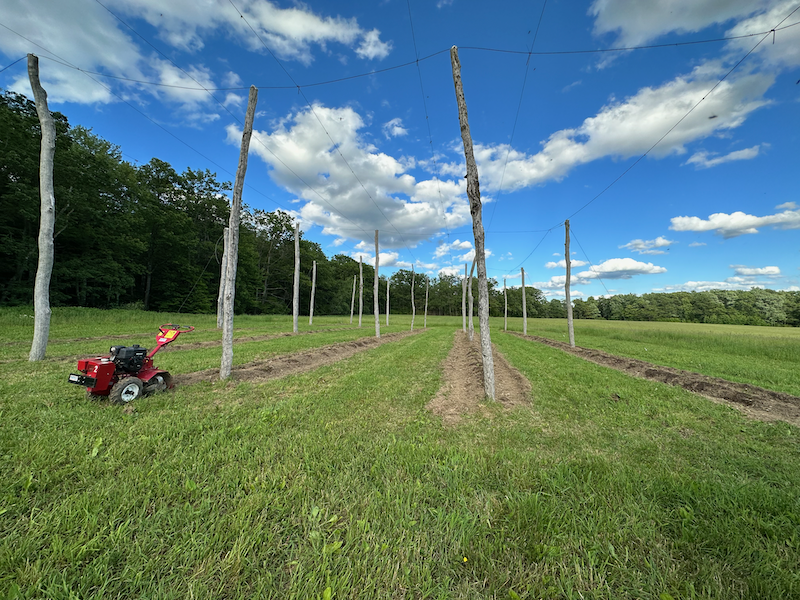
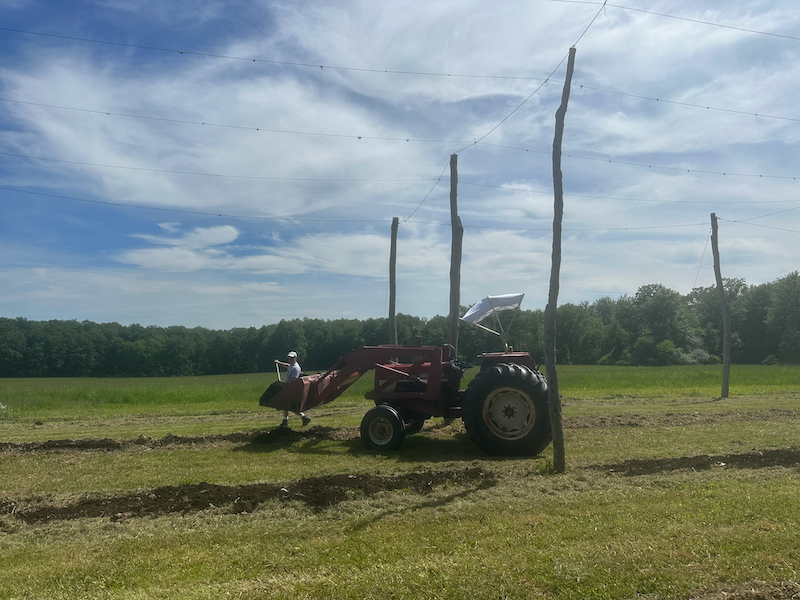
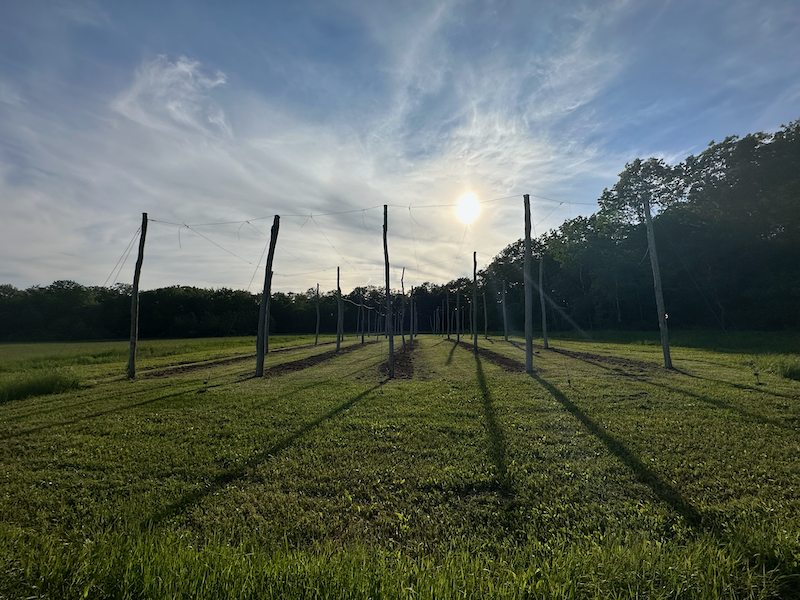
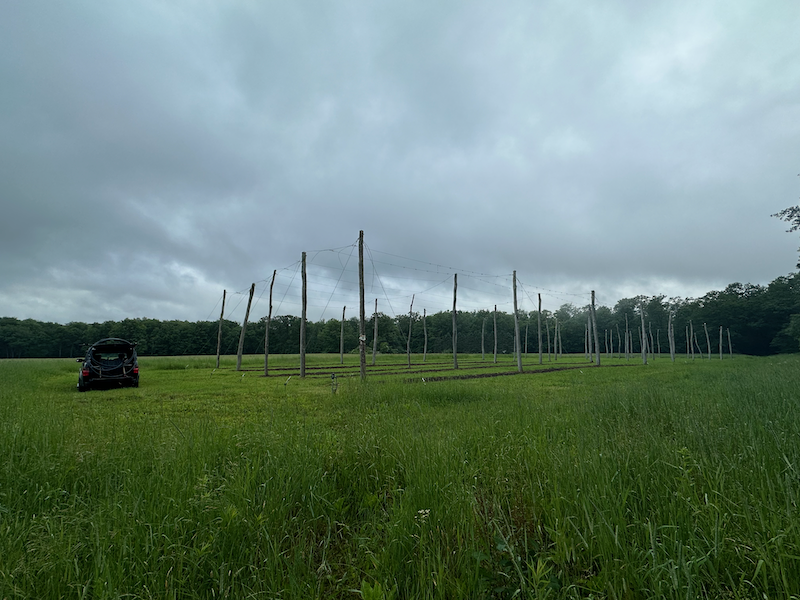
Farm “Truck”
I’d be remiss, at least in my opinion, if I didn’t share a few photos of my beloved ’08 Honda Element, stepping in time after time as the official Farm “truck” at HoffAppFarm.
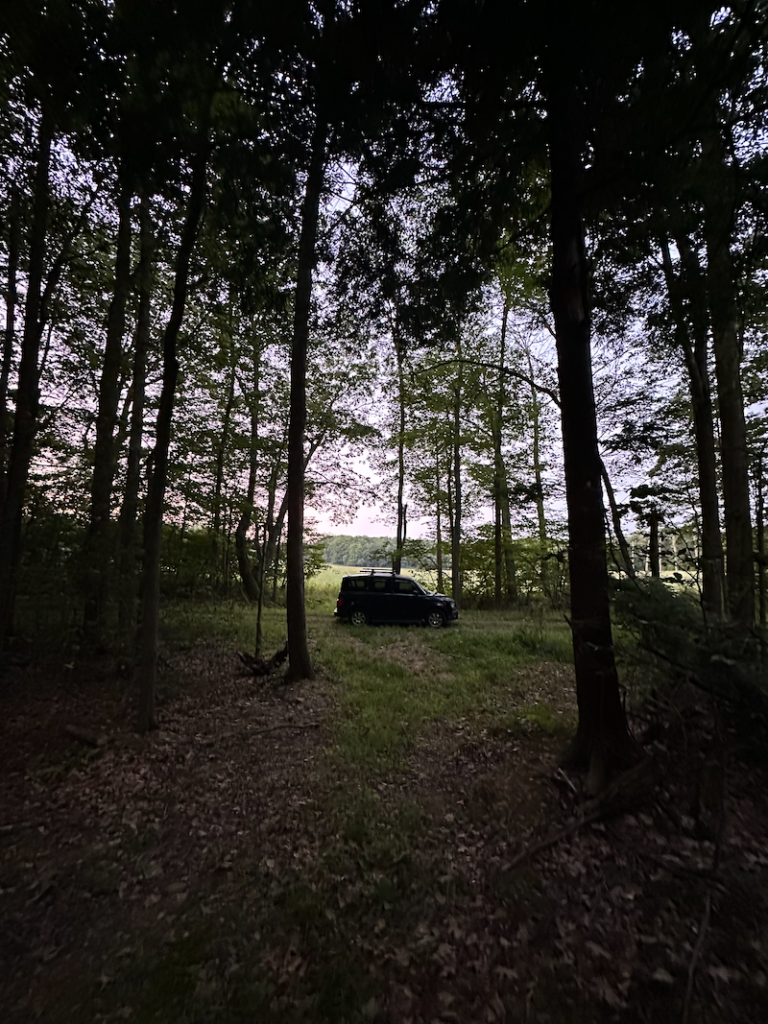
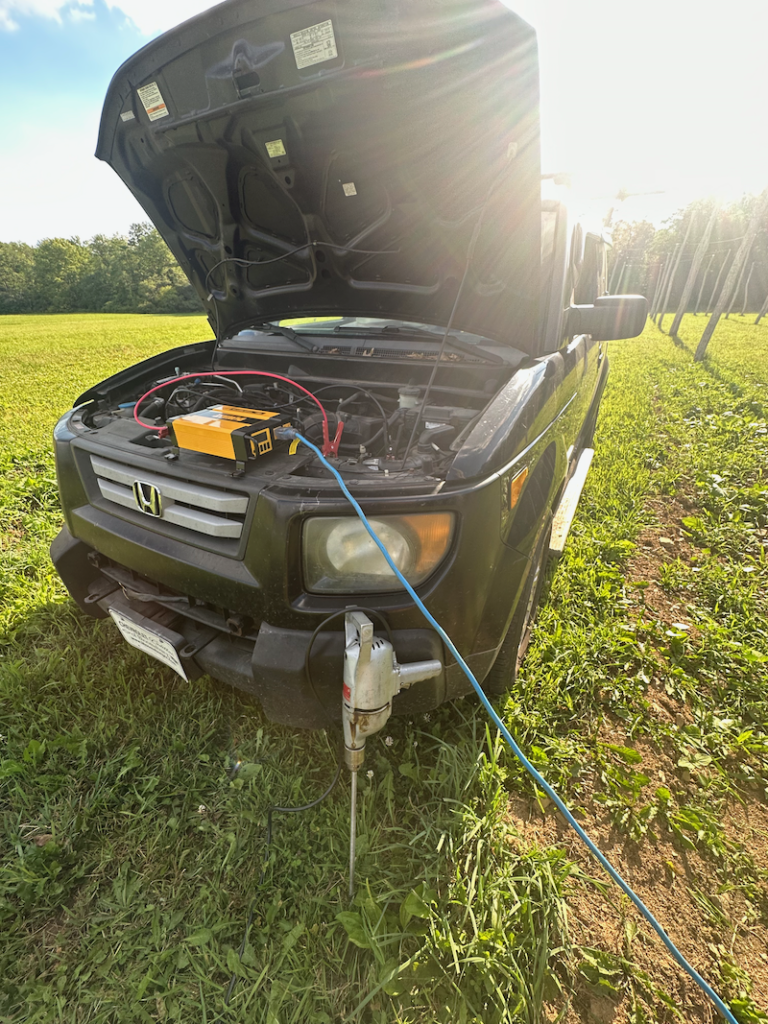
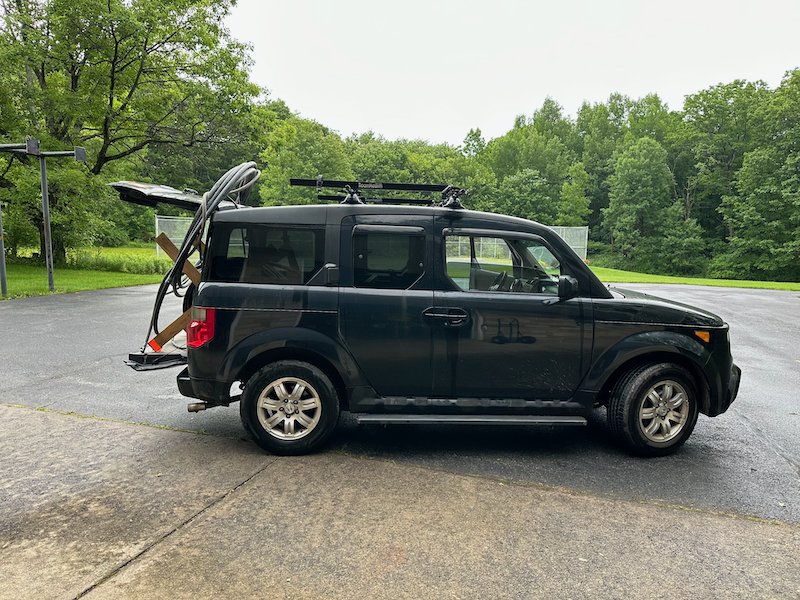
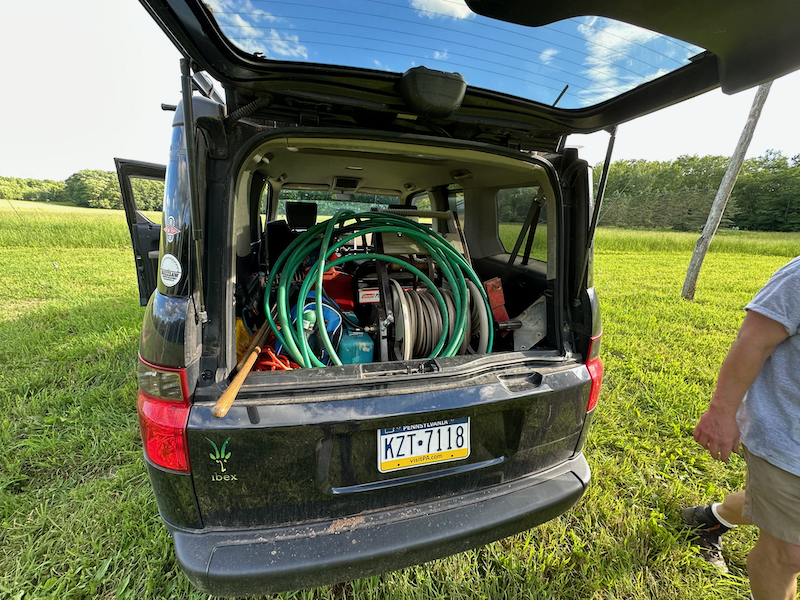
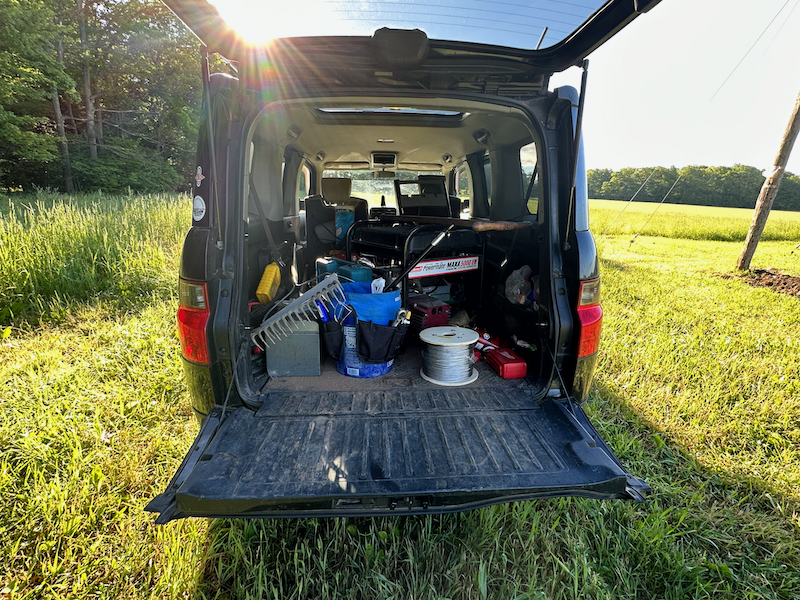
The Harvest
As mentioned above, even with a slightly smaller yield, we were kept on our toes from March through harvest weekend, which as is traditional for us, is all three days of the Labor Day weekend.
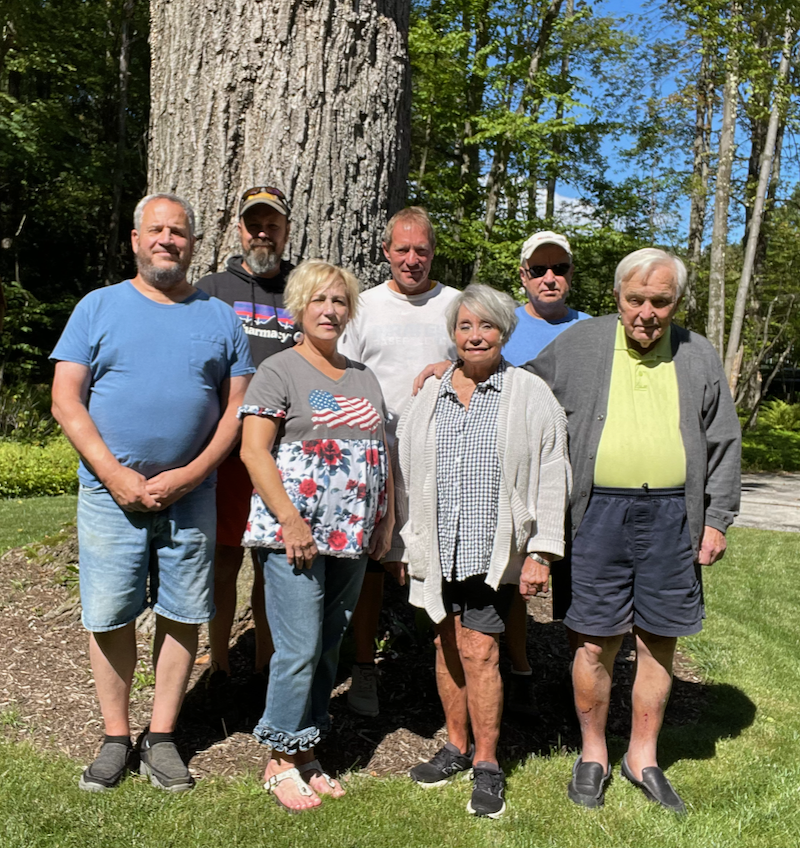
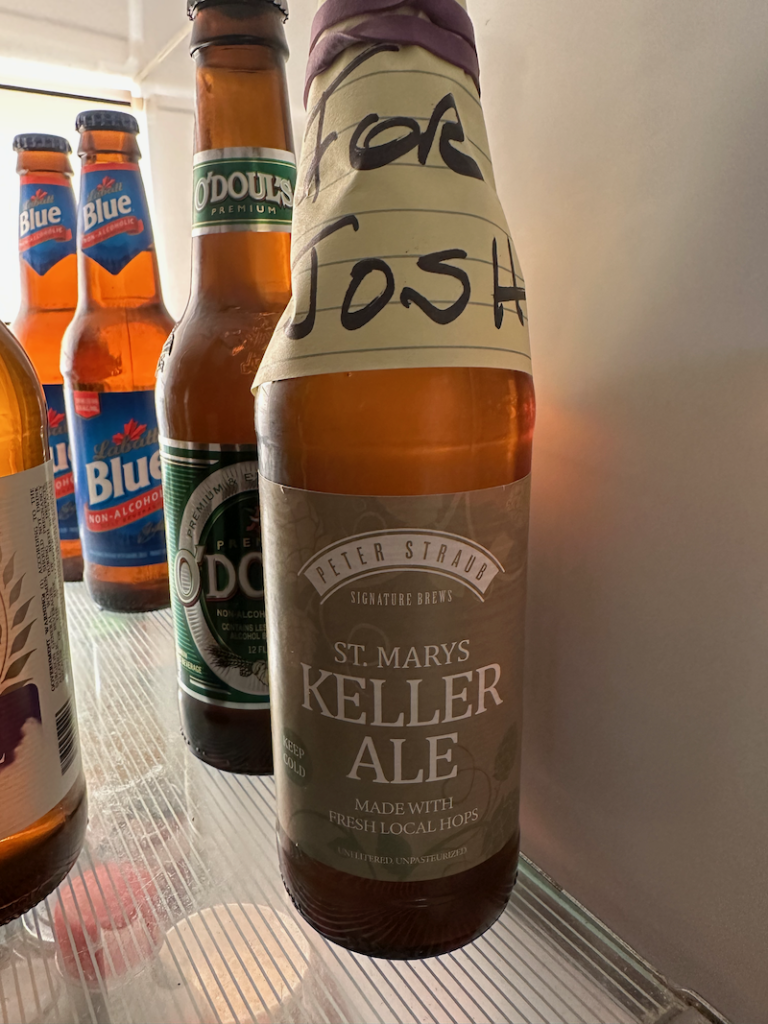
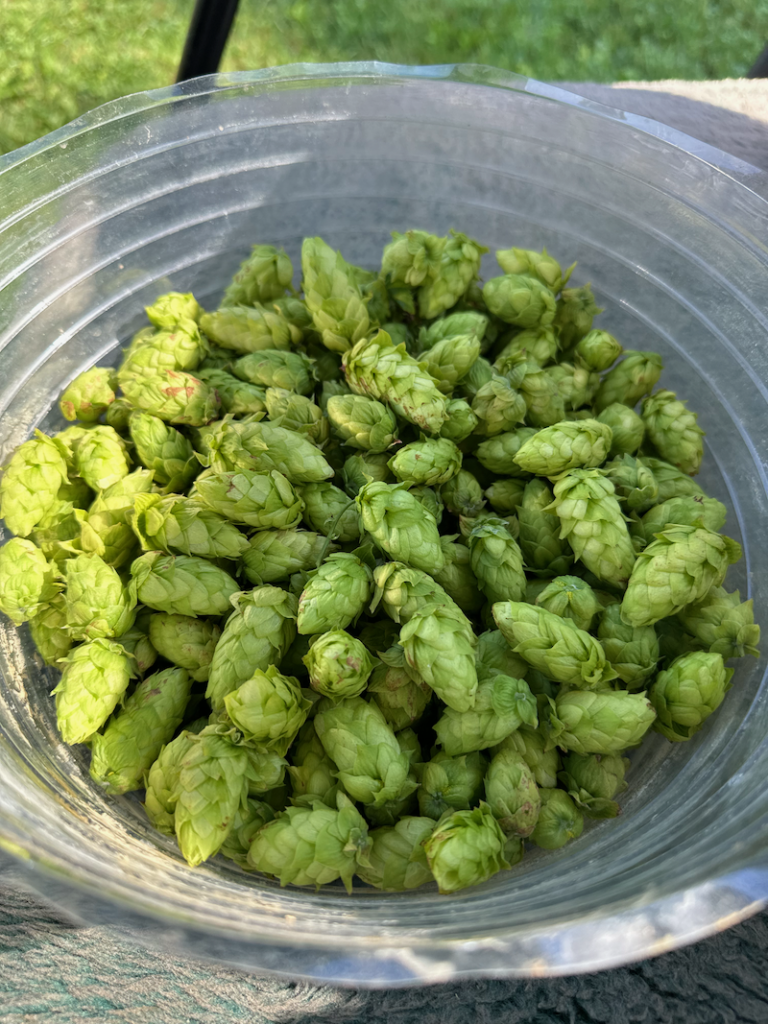
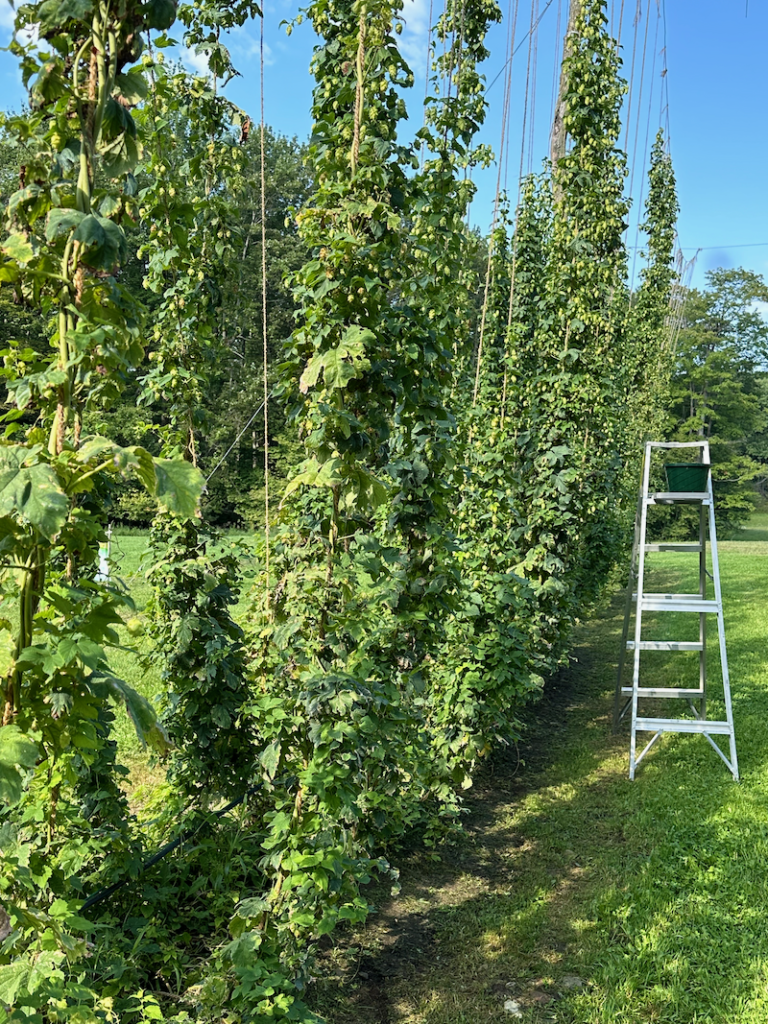
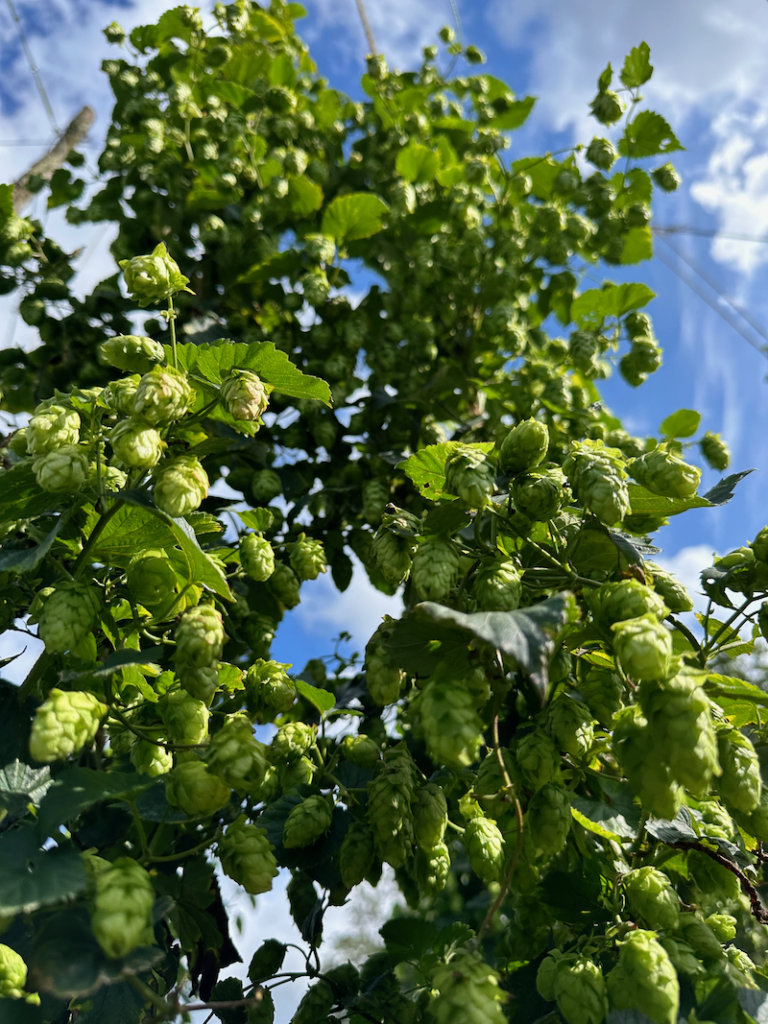
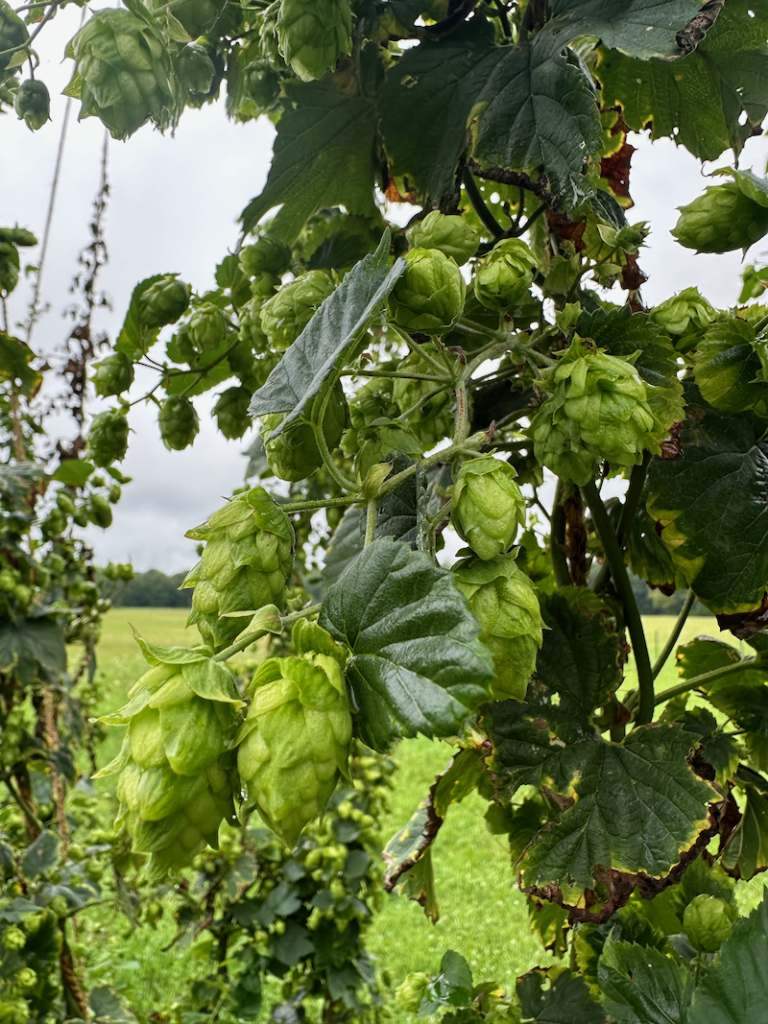

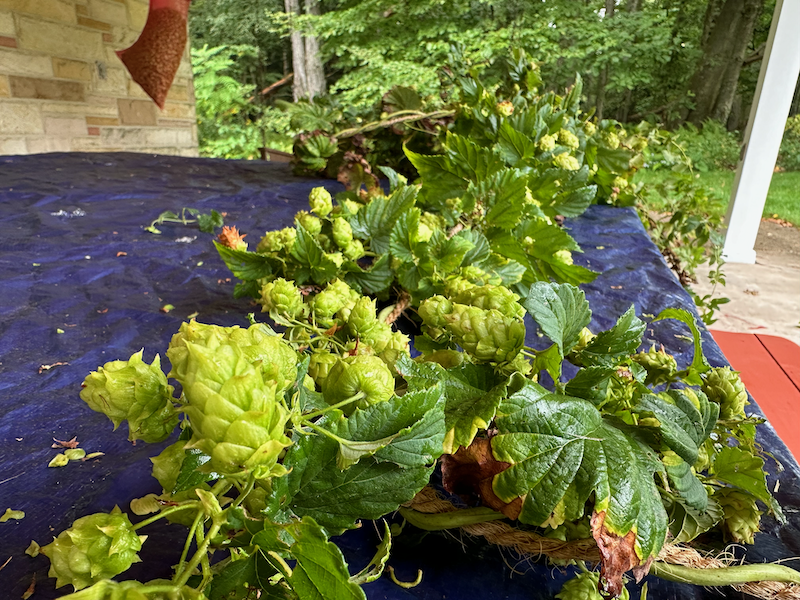
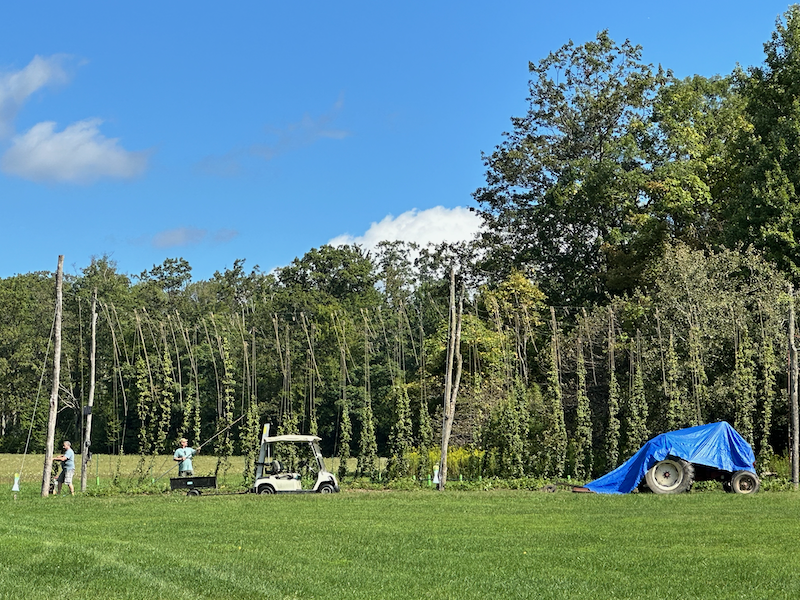
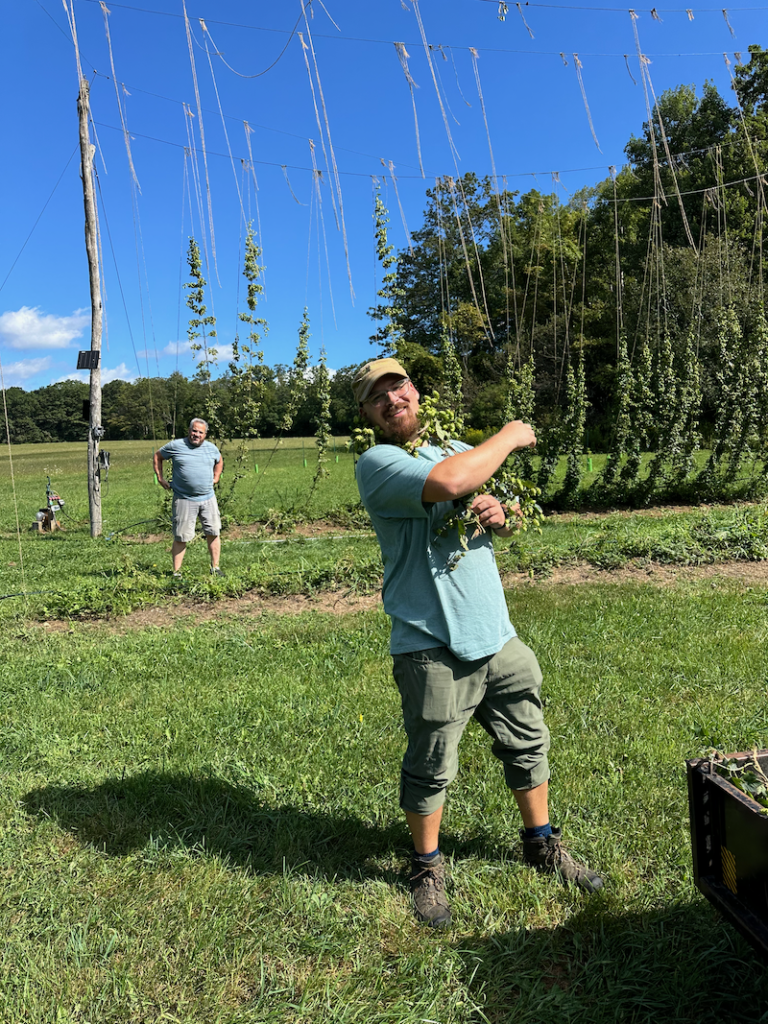
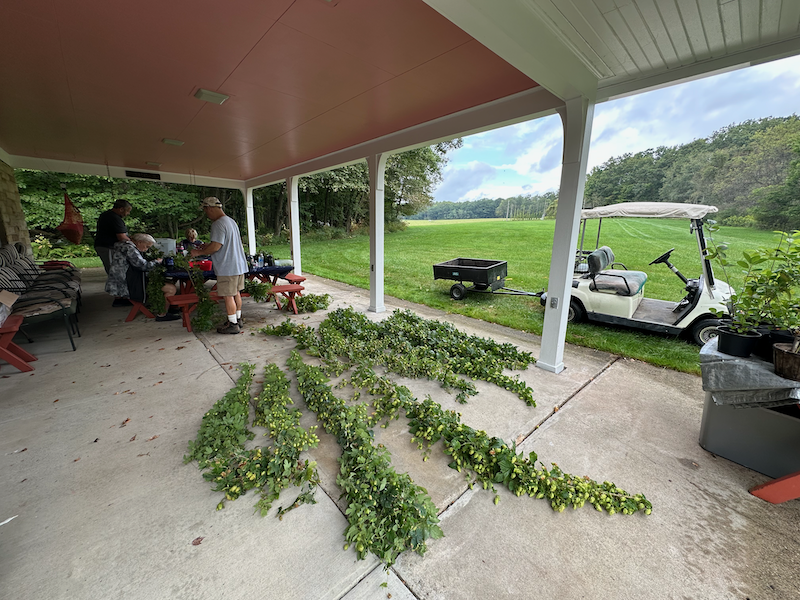
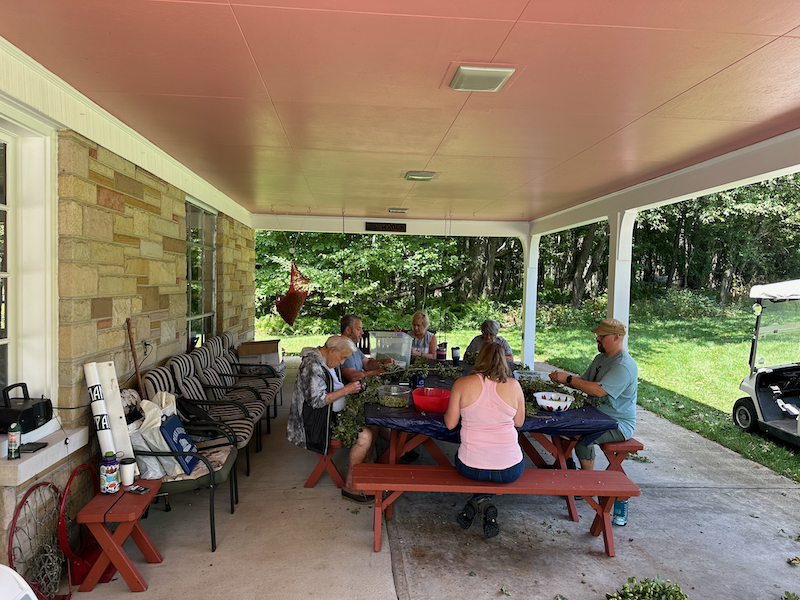
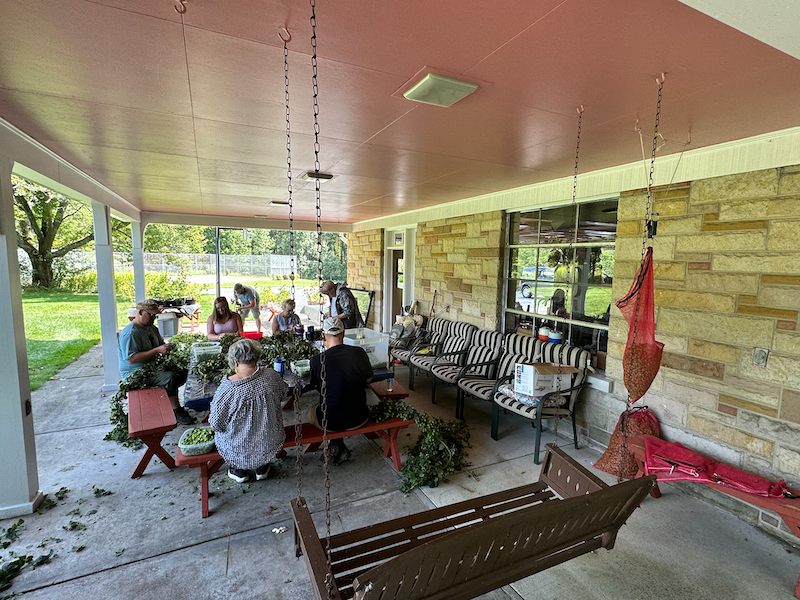
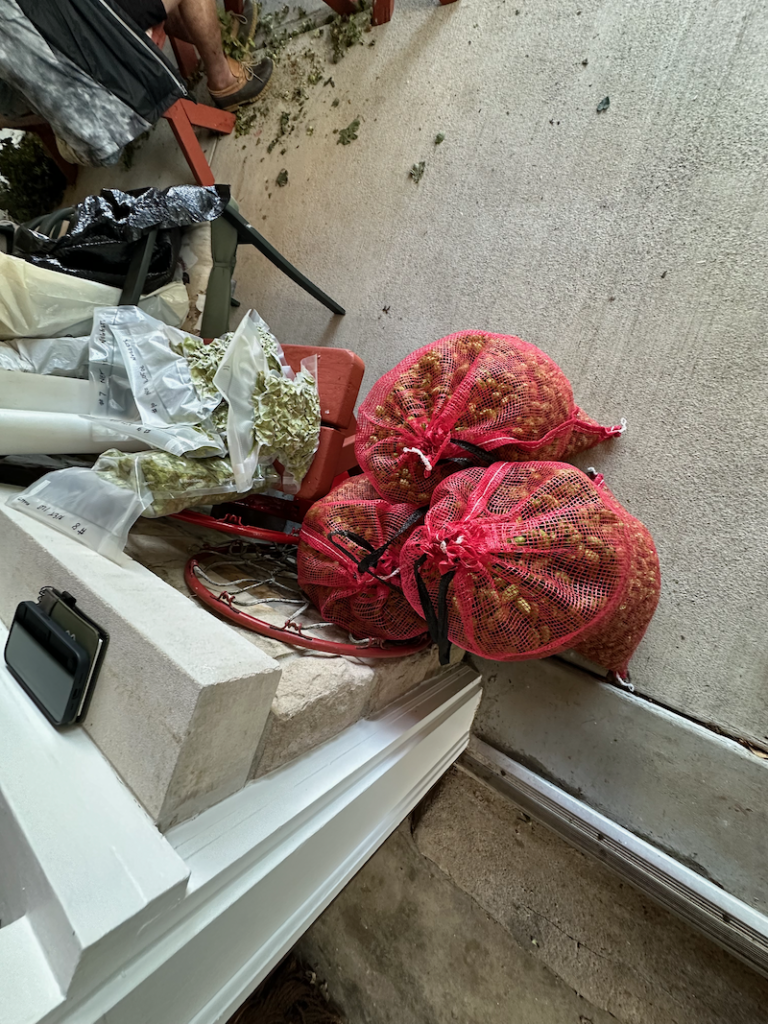
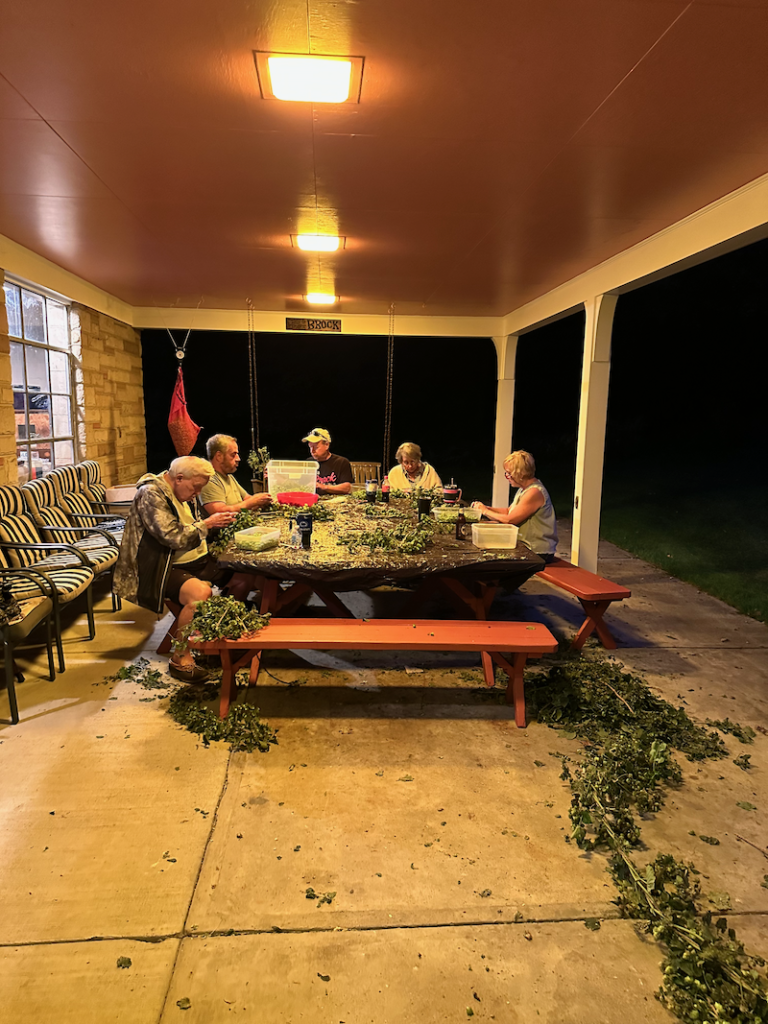
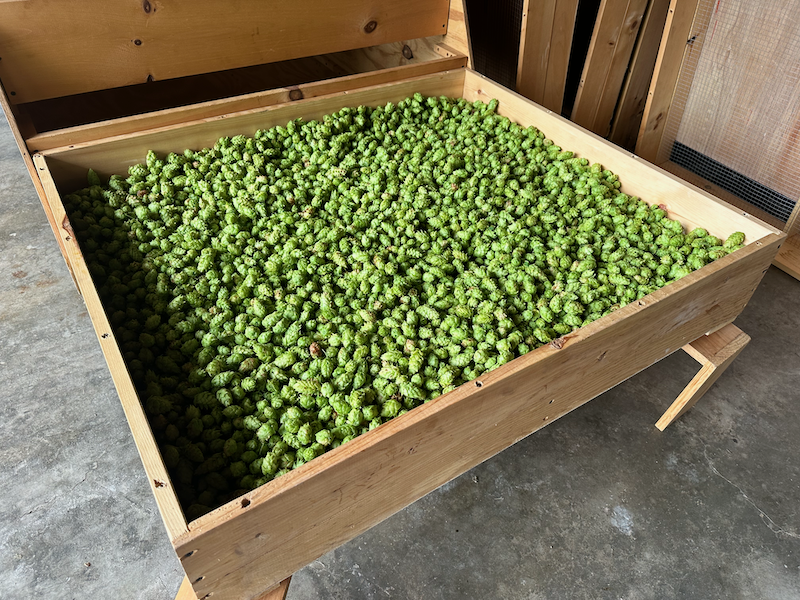
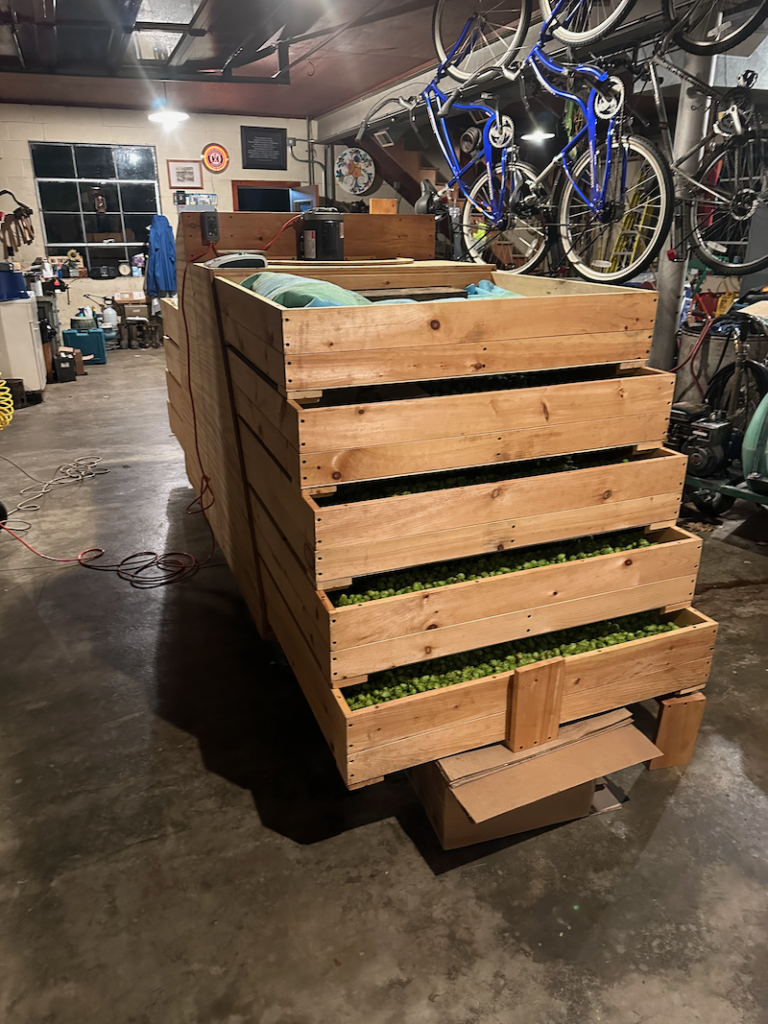
12+ hours each
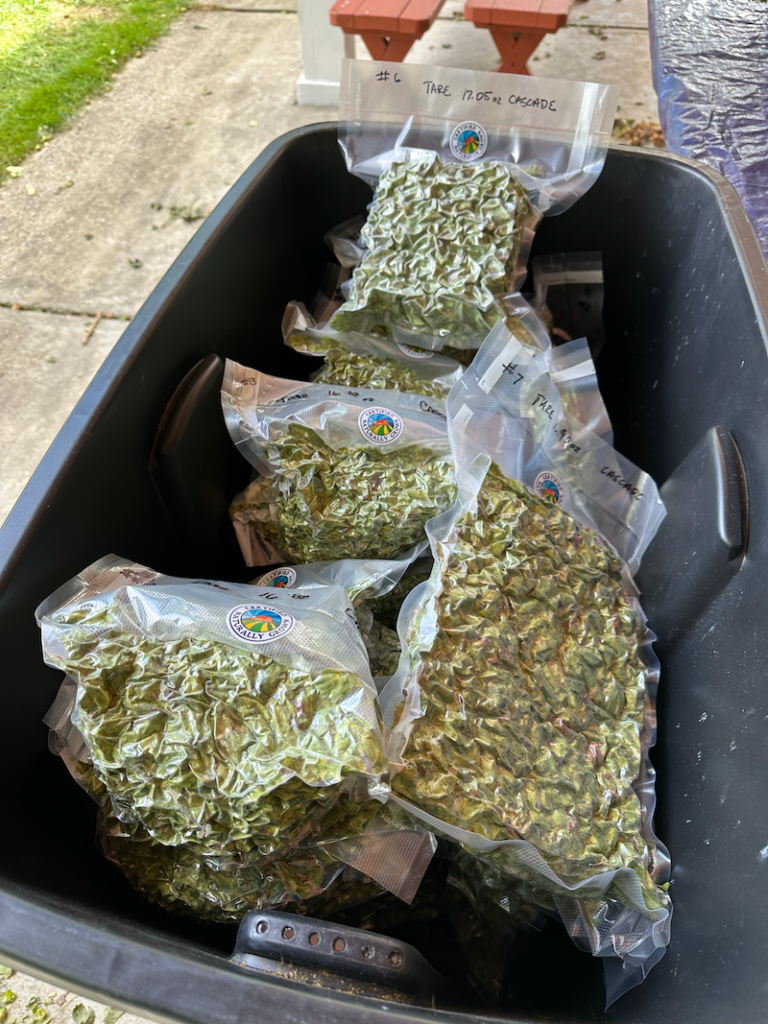
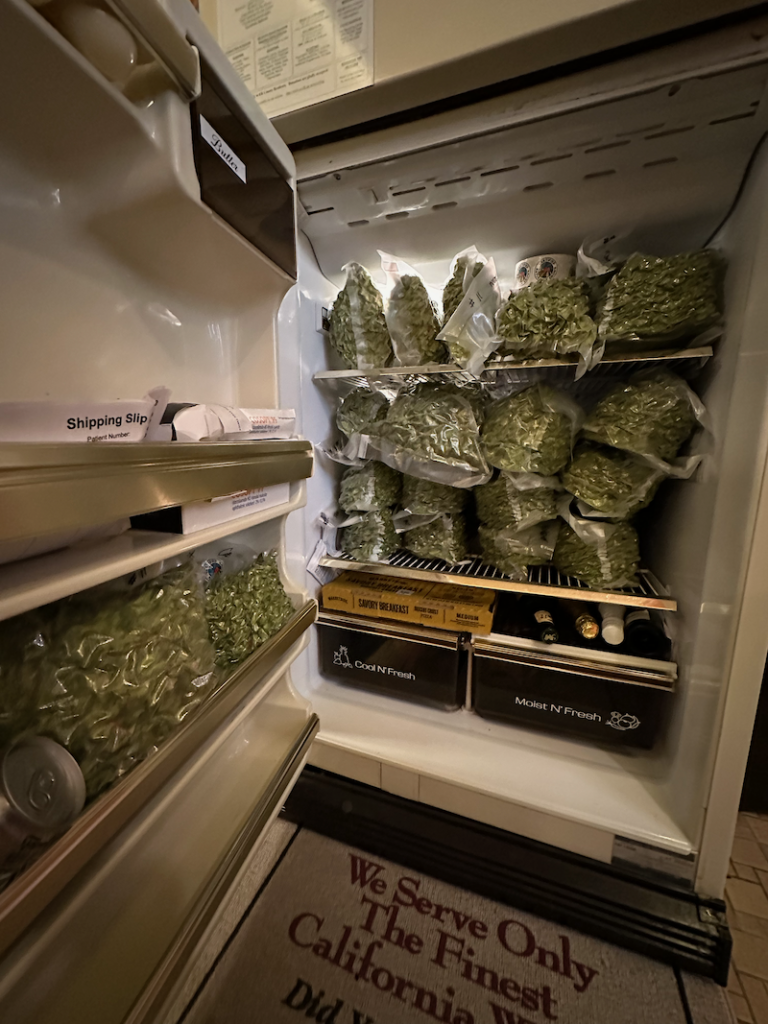
Prepping for Winter
After this year’s harvest, we had a little break in between where the Mrs. and I were able to get in a much needed, long anticipated trip to Maine, New Brunswick and Prince Edward Island, as well as Nova Scotia which was incredible. What wasn’t so incredible was getting back realizing we’d run ourselves ragged and were completely exhausted!
After recovering, no rest for the weary as Jenn joined me in D.C. for a work-related conference. She worked during the day and then joined my colleagues and I after we finished up. My co-workers from Agile Hive (Seibert Group) made the trip over from Wiesbaden, Germany and it was great to see them in person after over a year!
Then quickly hopping (yes, that’s always “pun intended” here) back into the Farm work, brother Mike and I spent the next 3 weekends prepping all the beds for Winter, getting all the irrigation lines and tank drained and water blown out, preparing equipment and such for a 5 month nap.
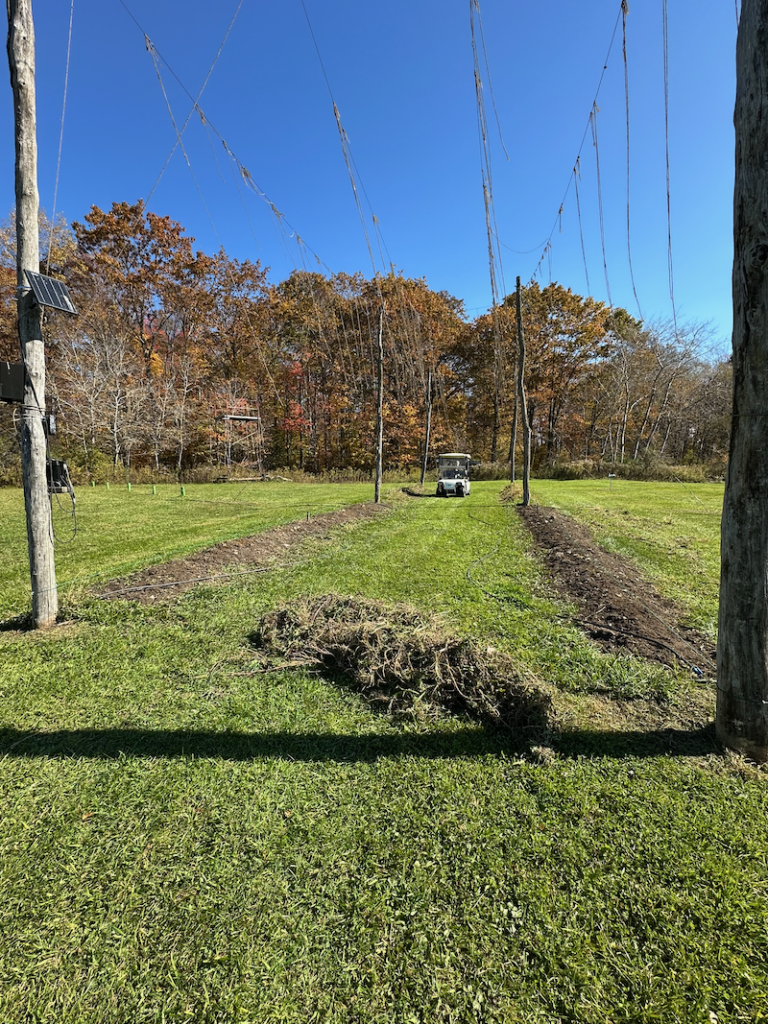
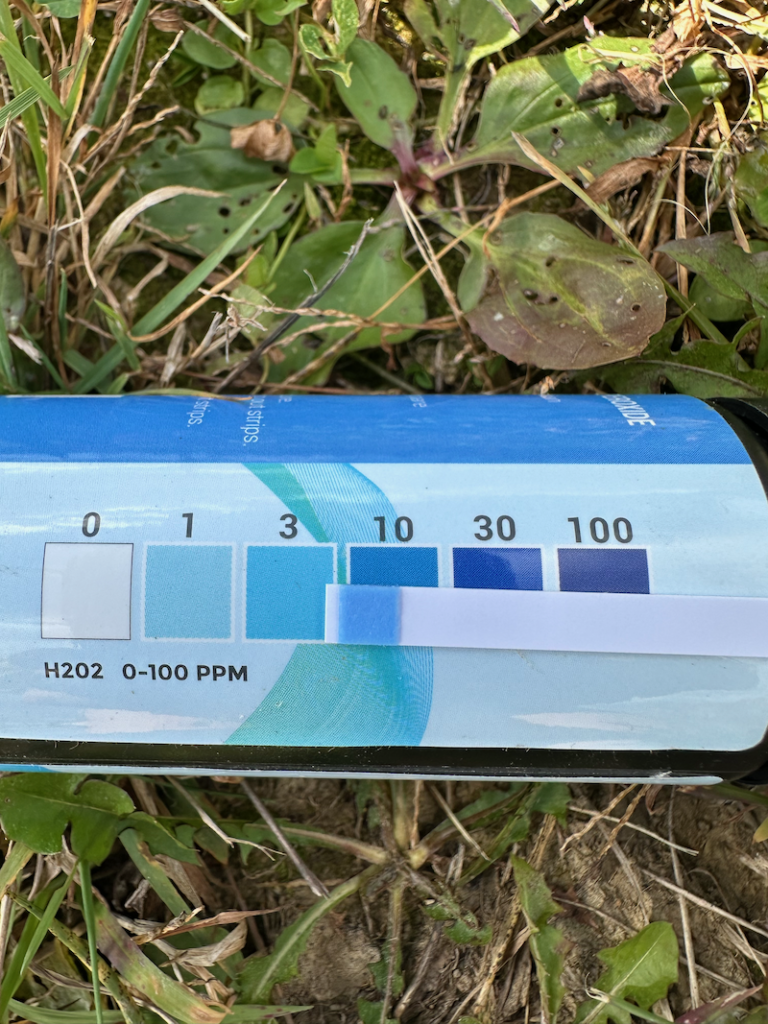
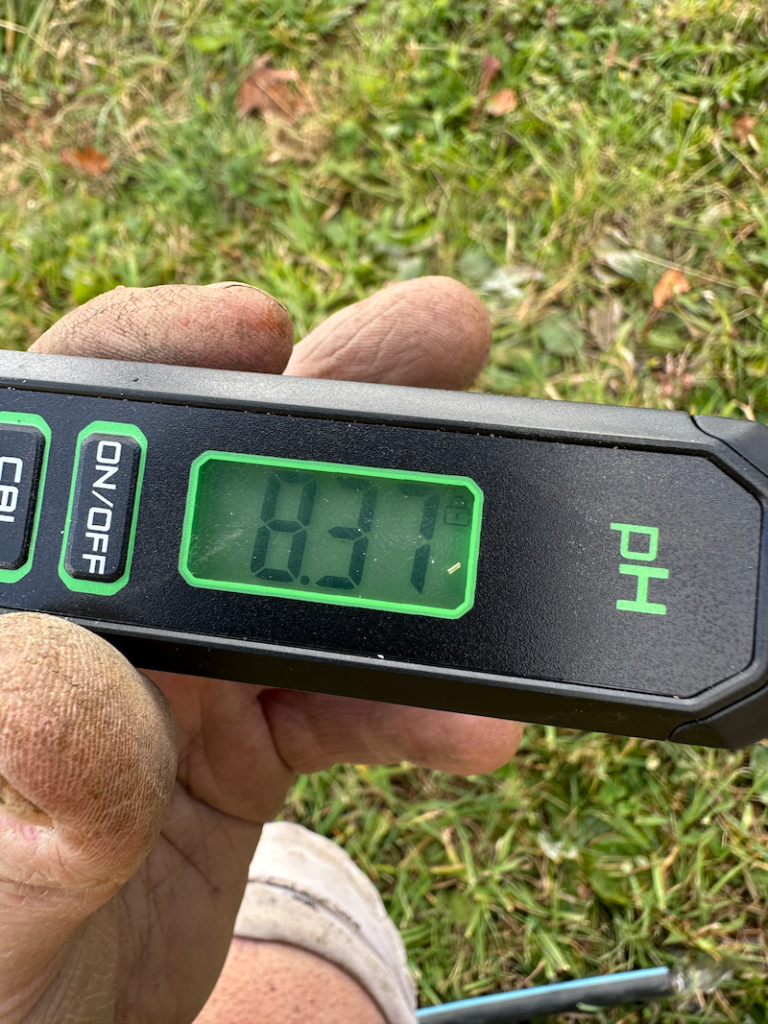
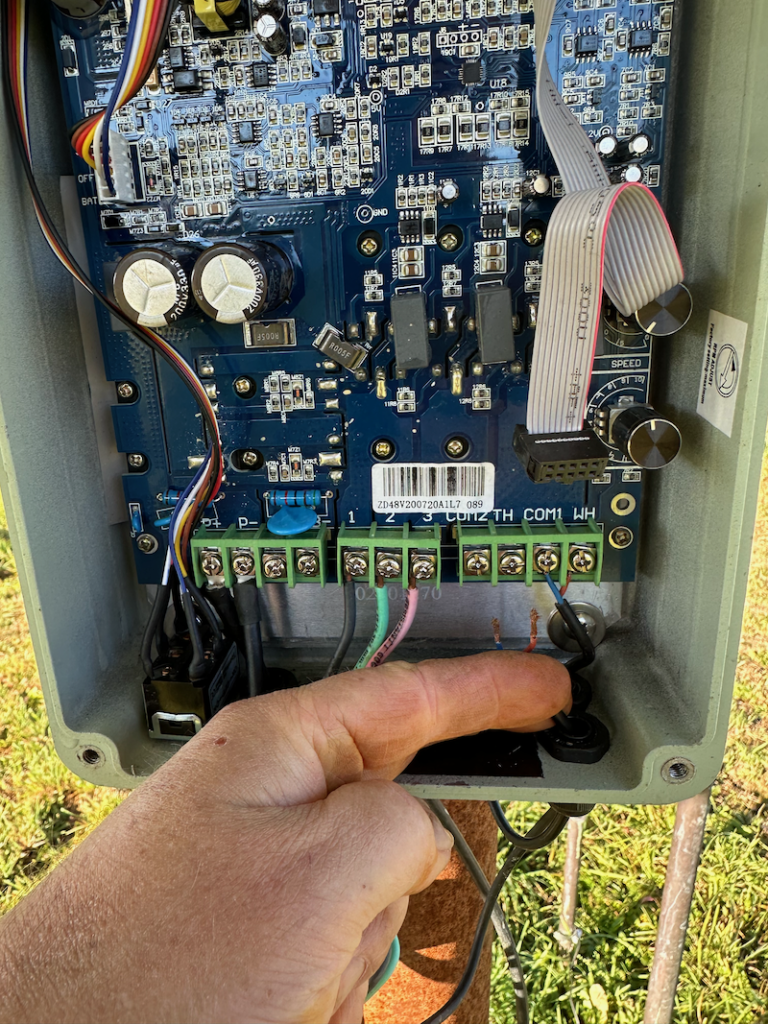
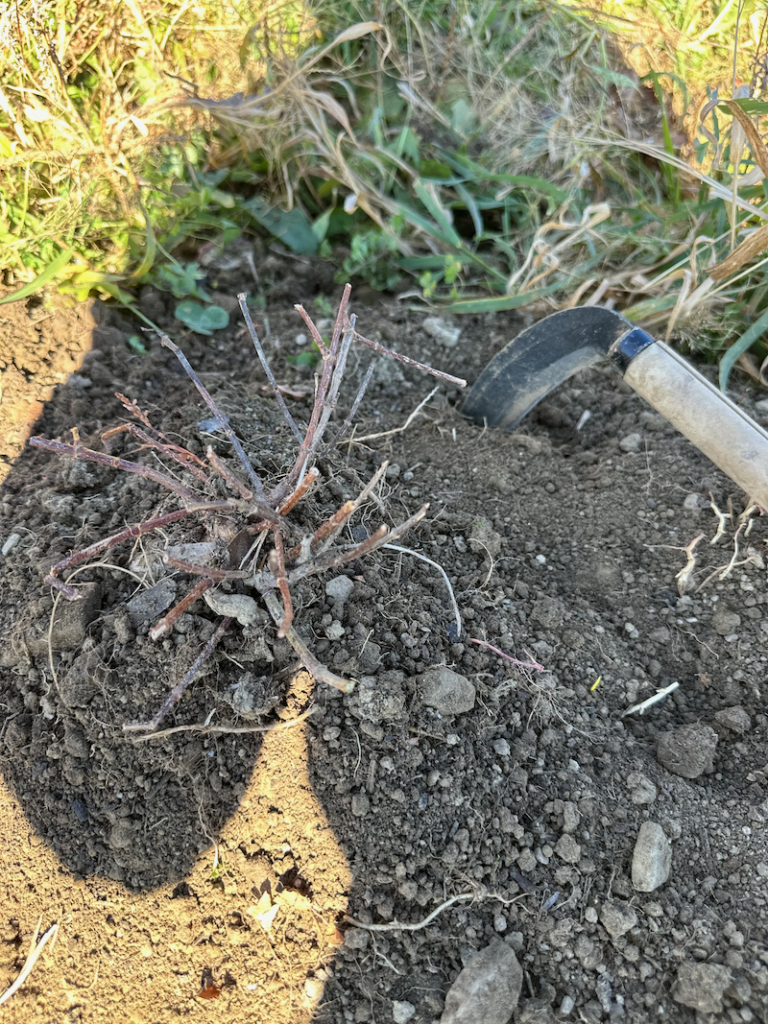
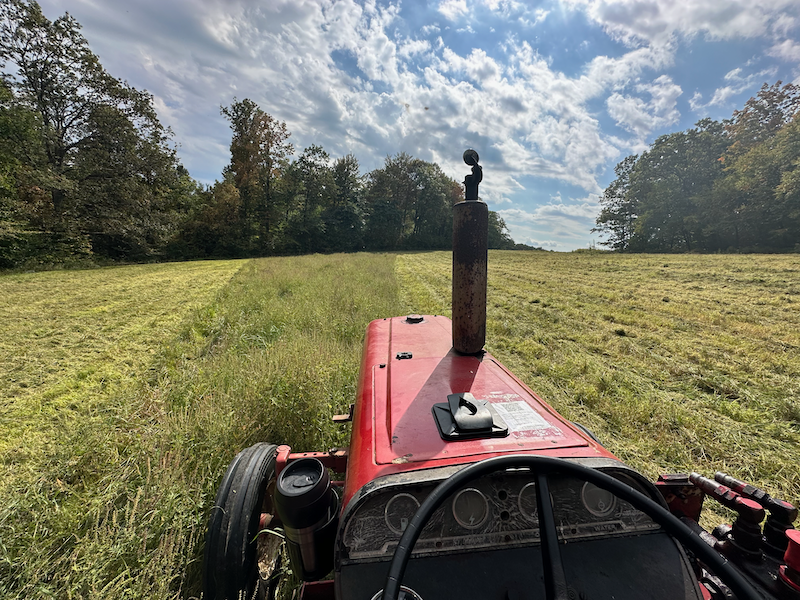
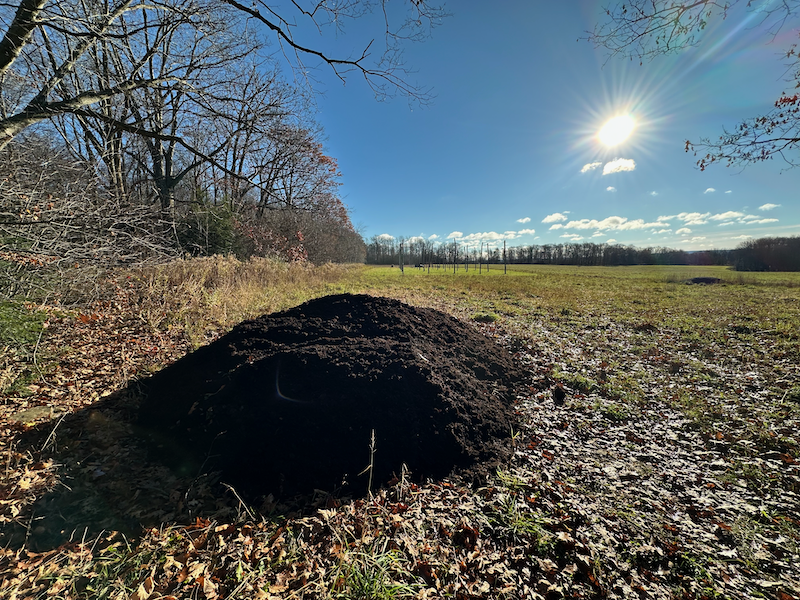
ready and waiting
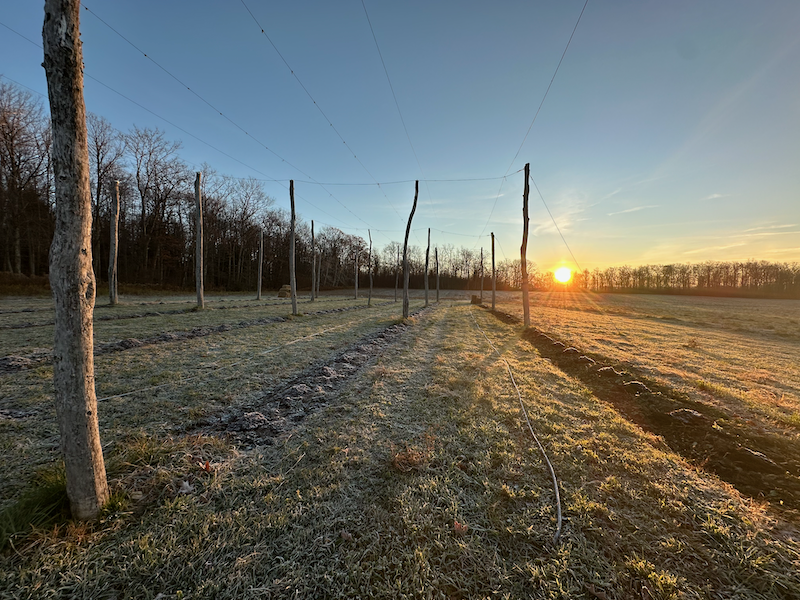
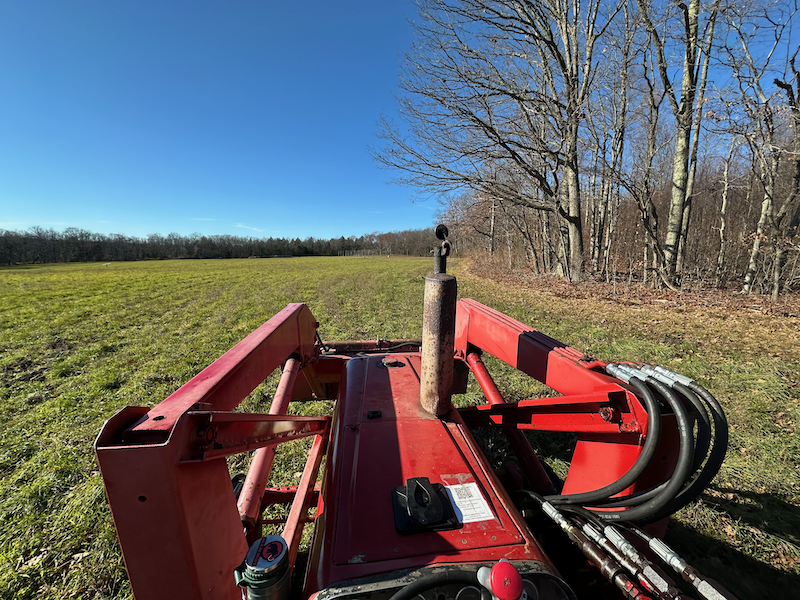
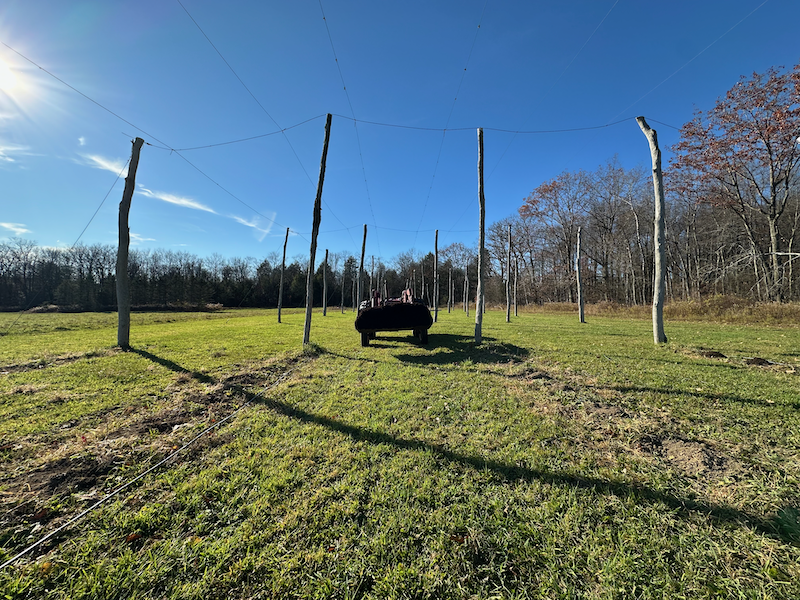
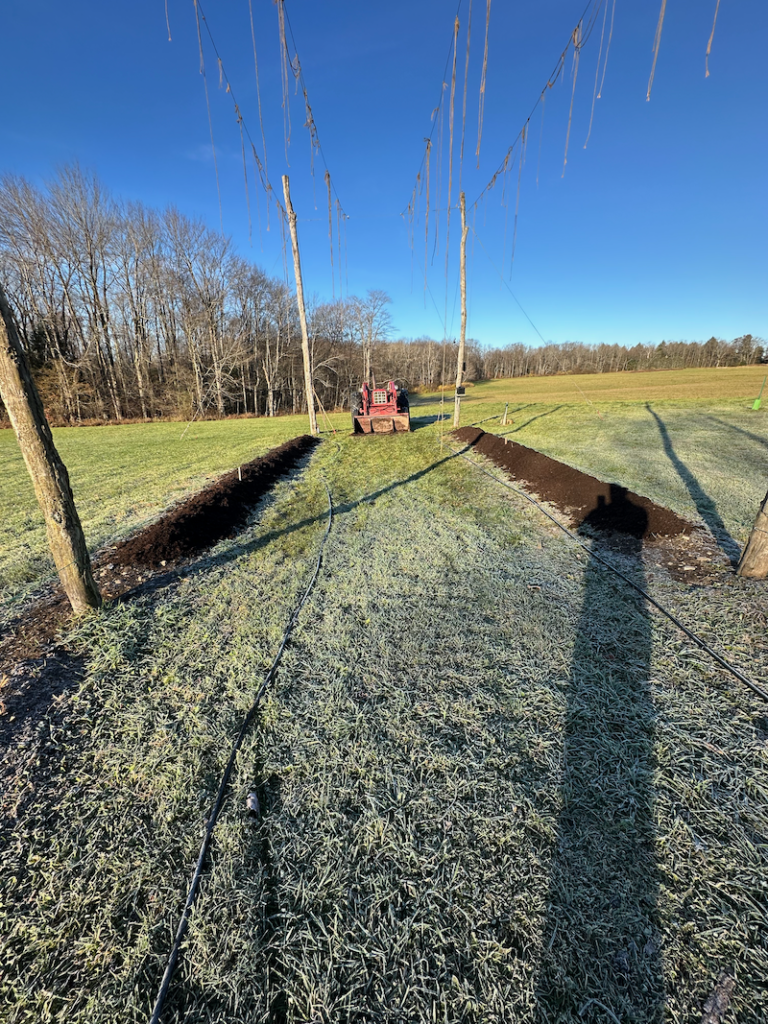
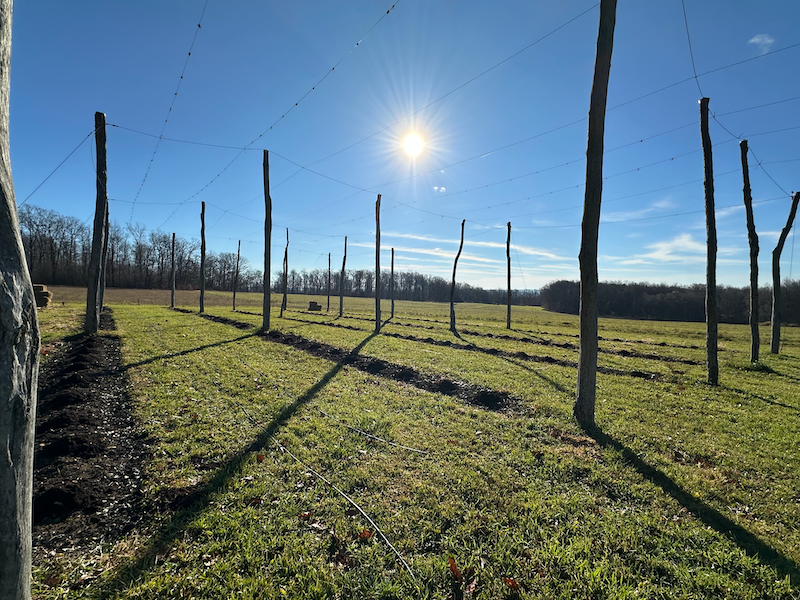
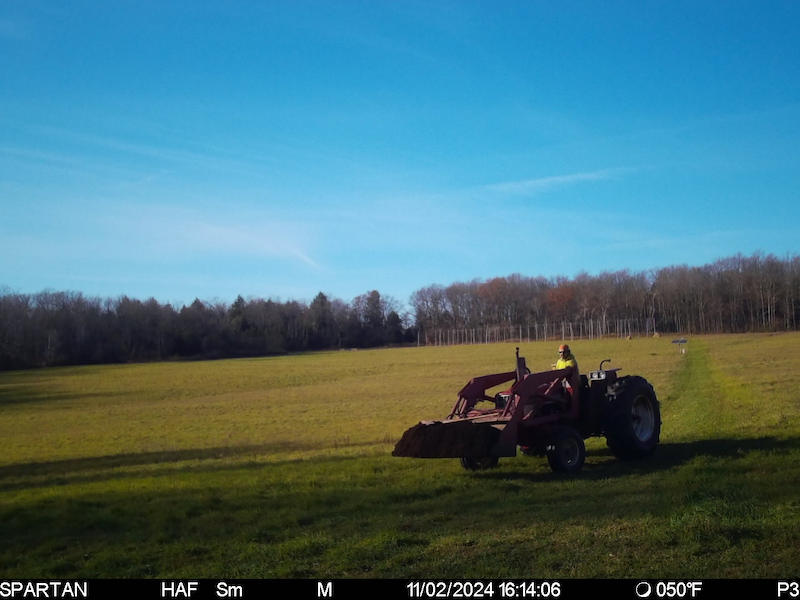
See You In 2025!
And that my friends, really is the Clif Notes version (with pictures) of the 2024 season. Hope you enjoyed following along on the socials and now here on the website. We wish you and yours a wonderful Thanksgiving, Merry Christmas, and Happy New Year – and we’ll see you in 2025!
Category: Blog, Gallery Post Format, Hops, Hopyard, Marketing & Social Media Tags: Certified Naturally Grown, Family Farm, Hop Farm, Hop Farming, Hops, Small Family Farm

